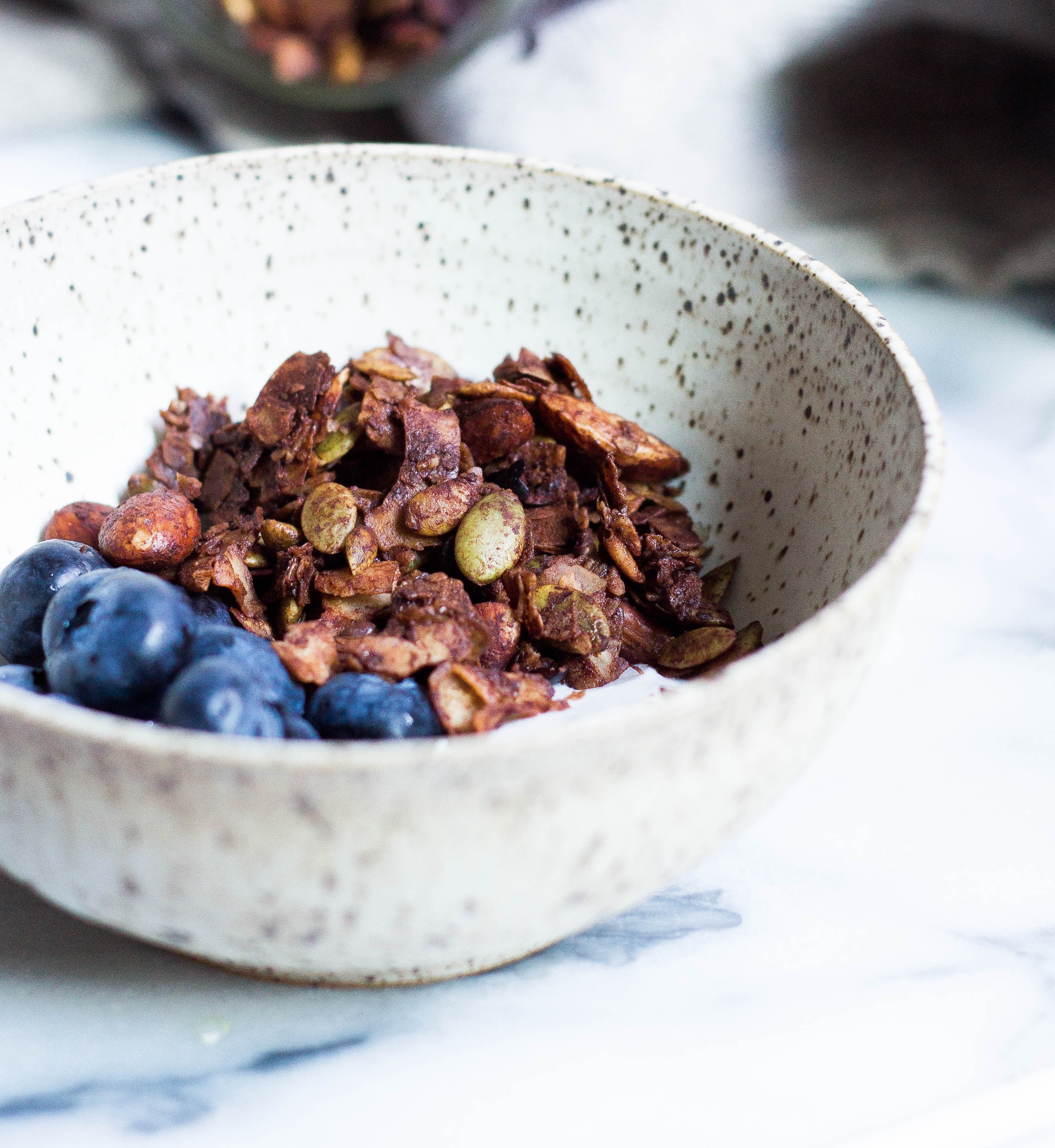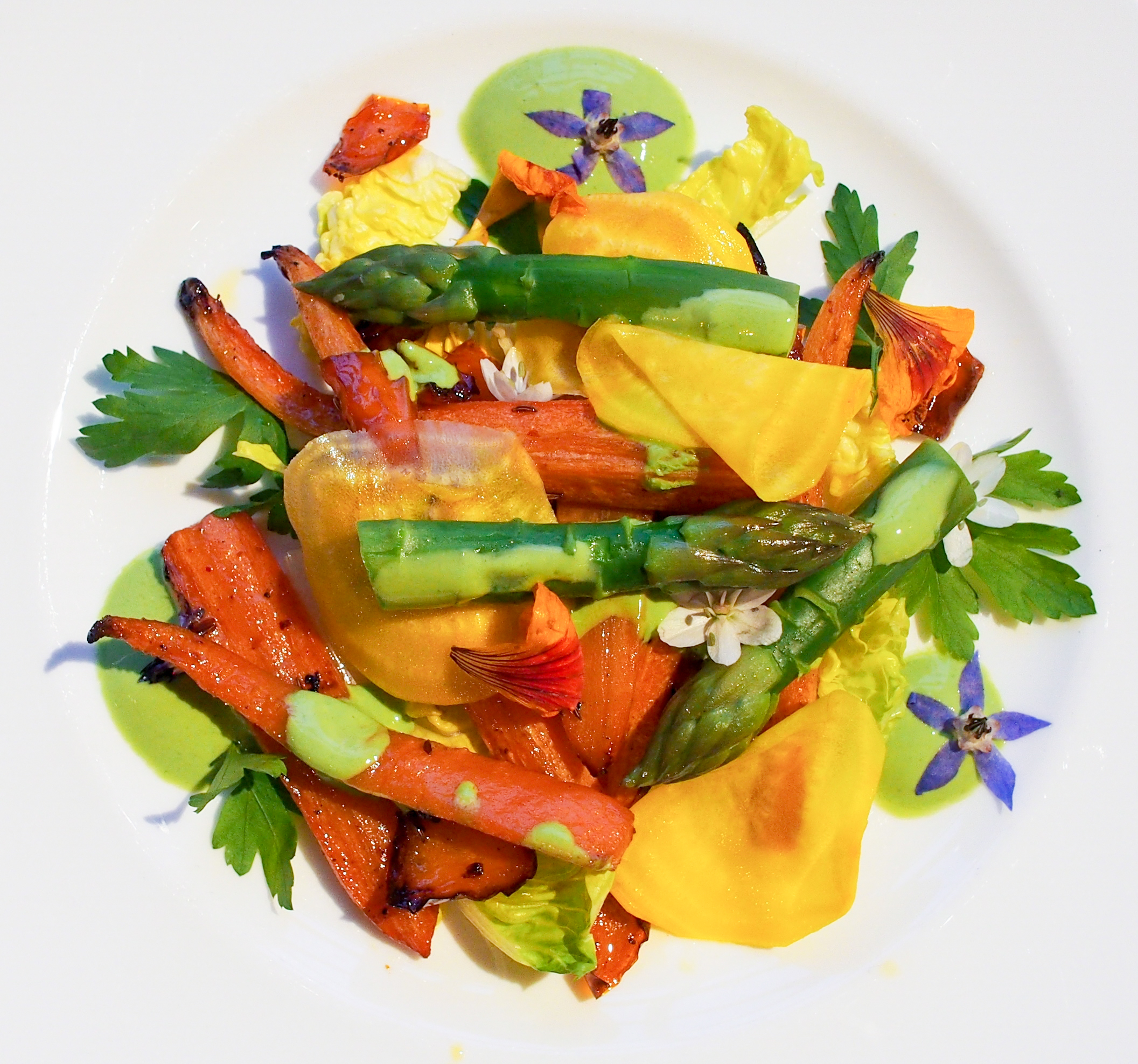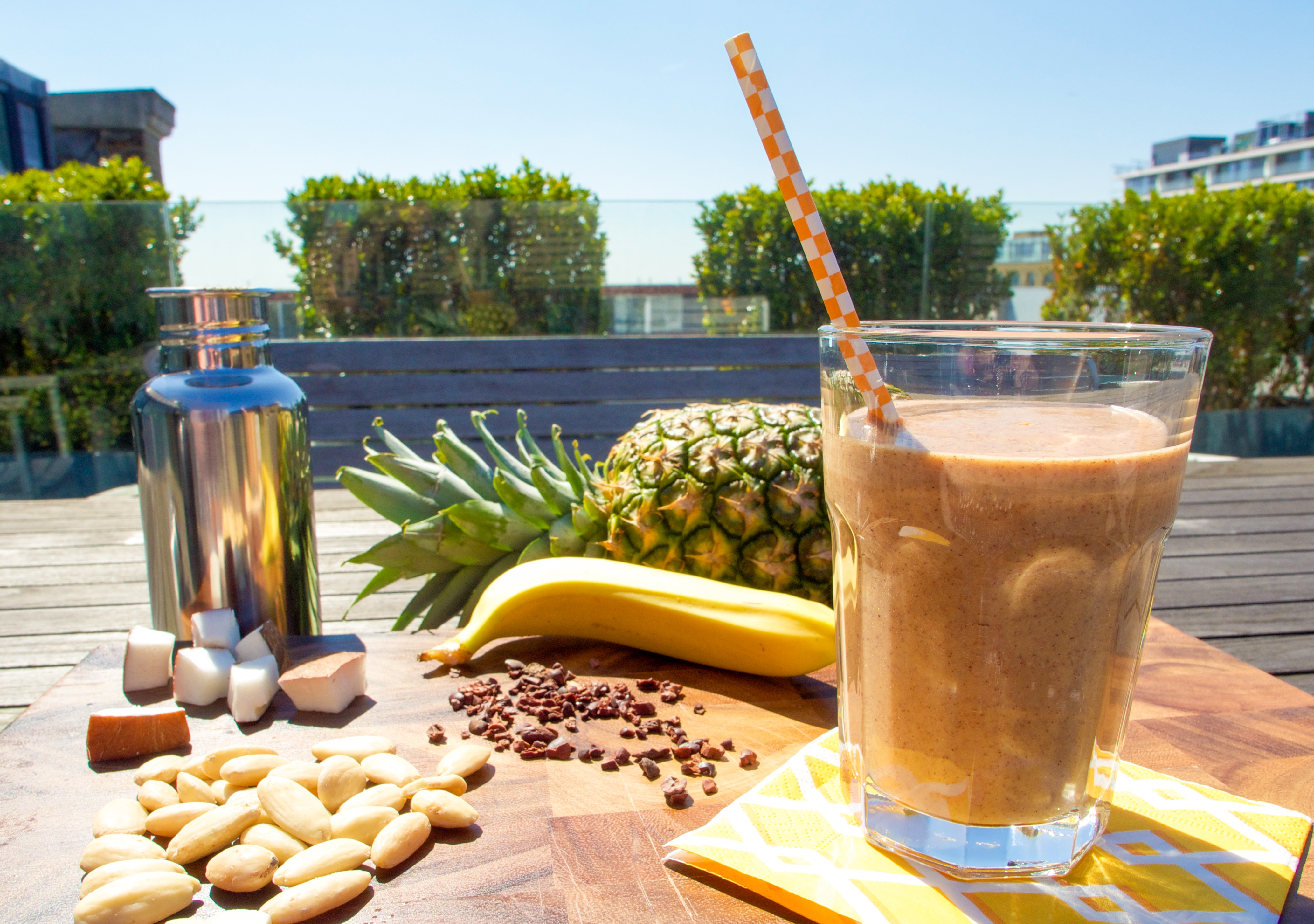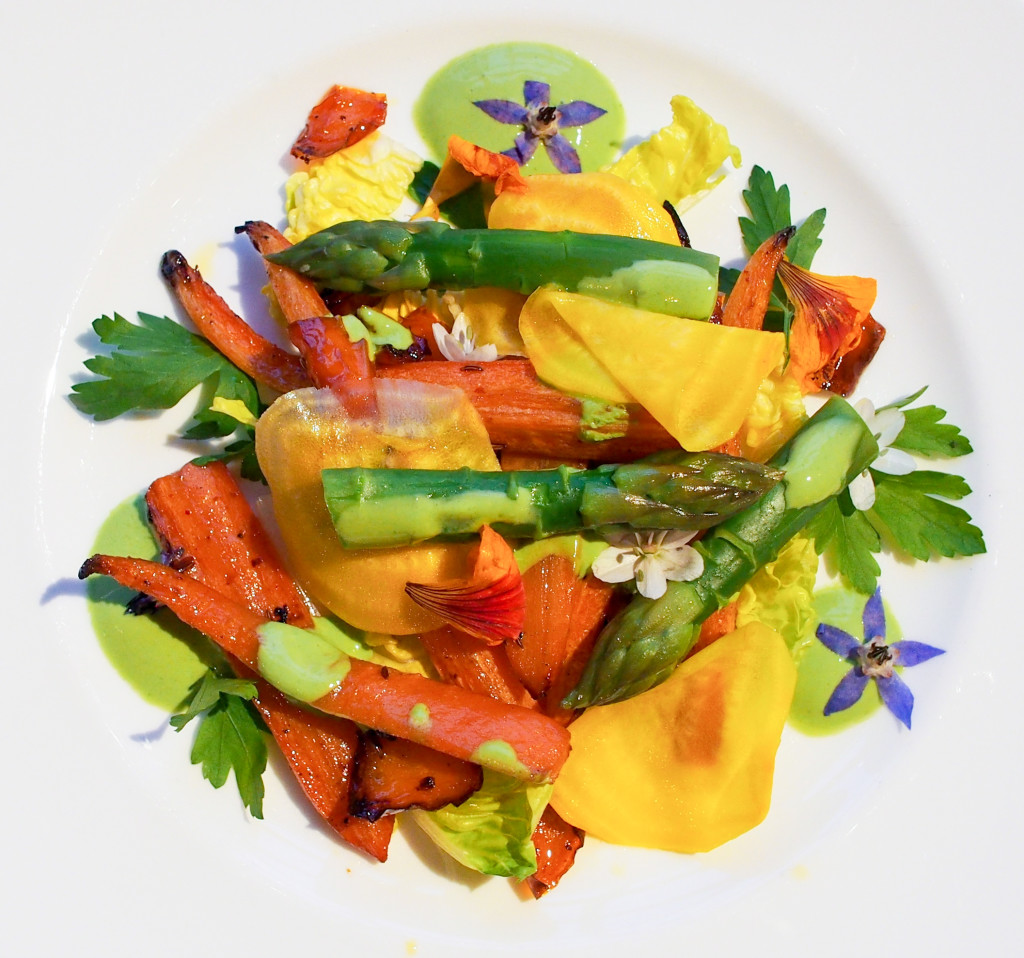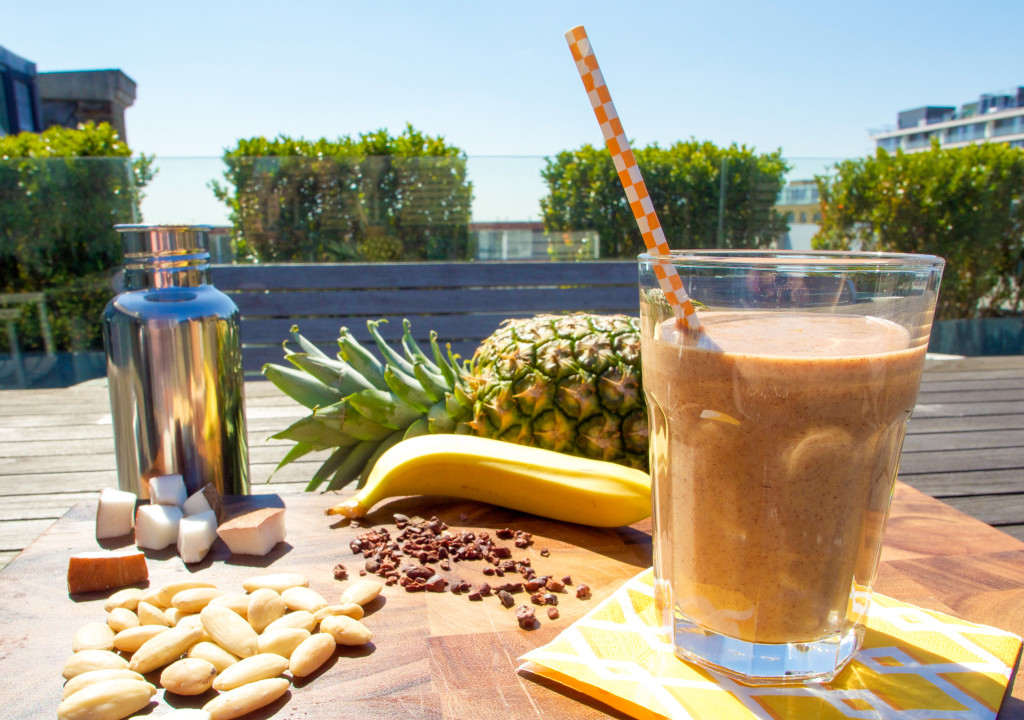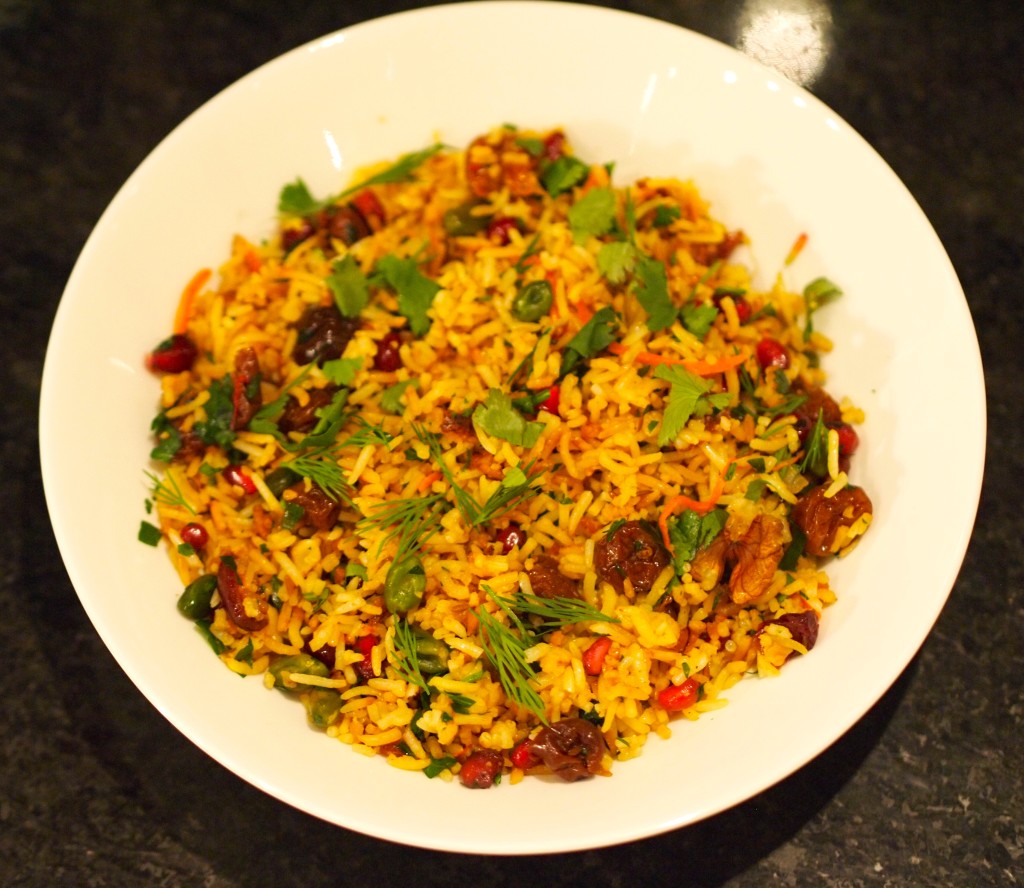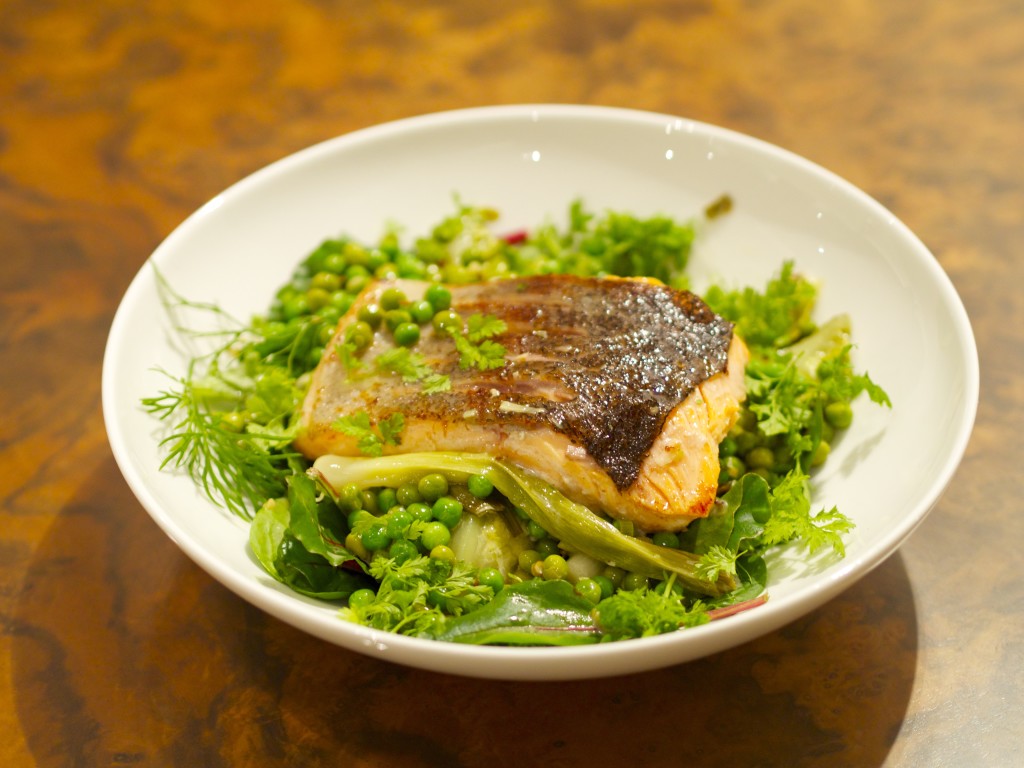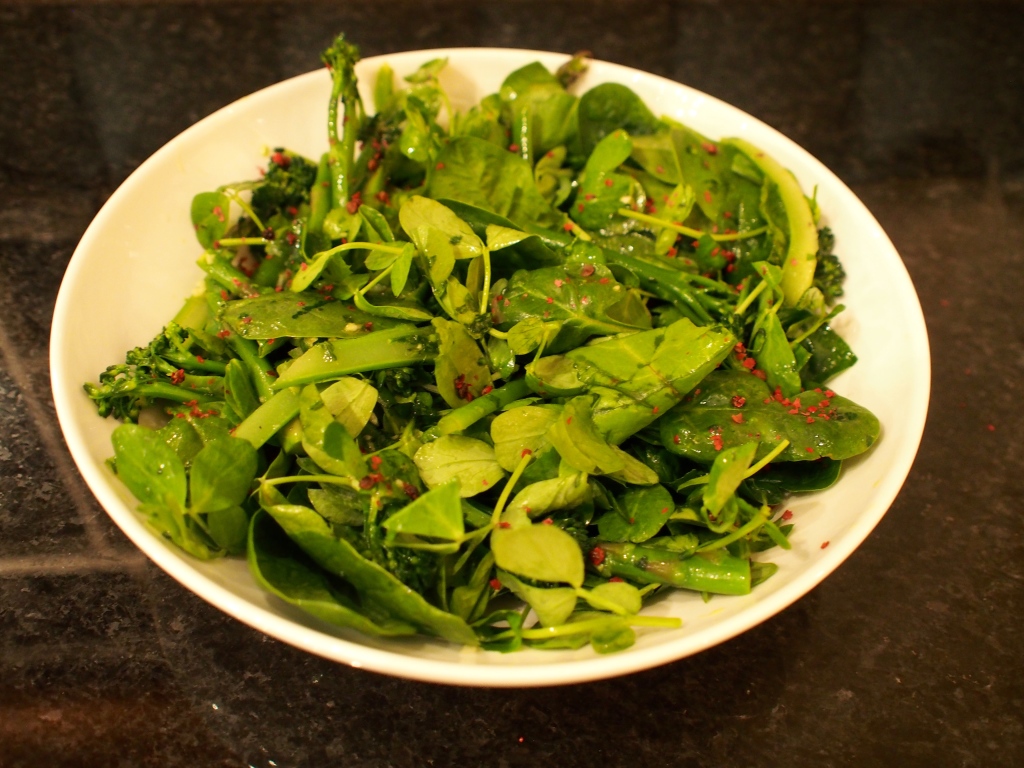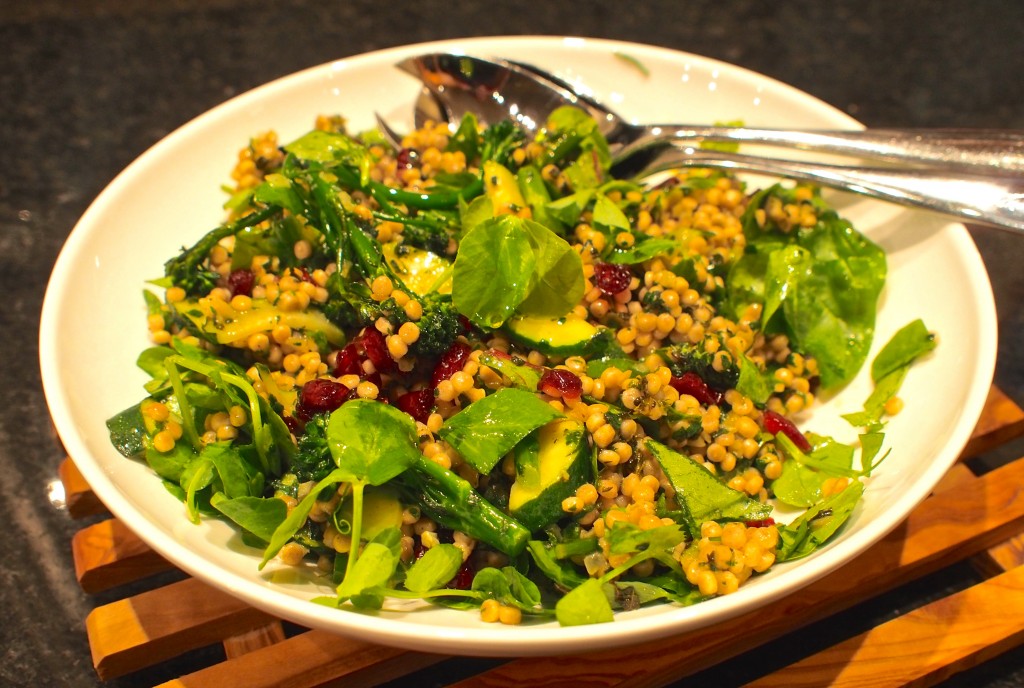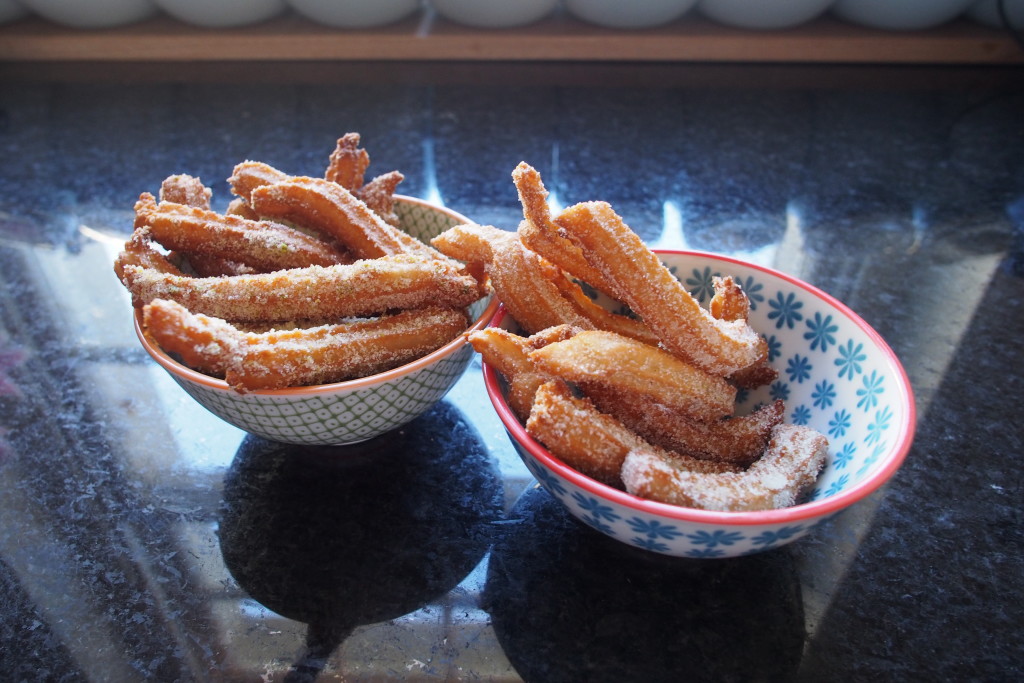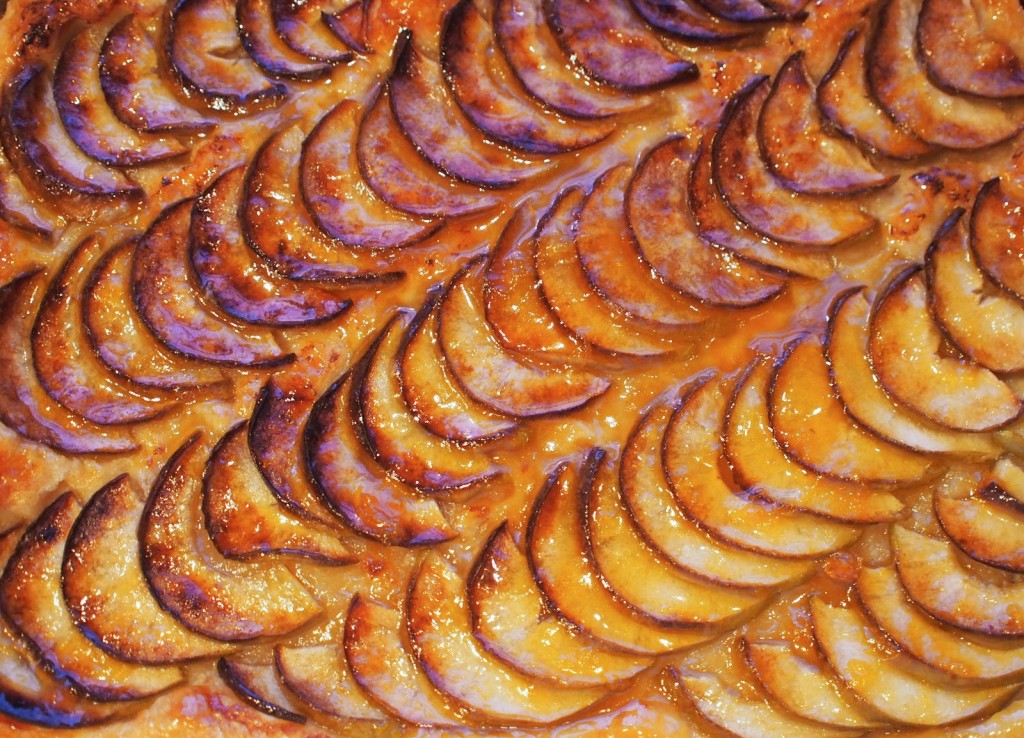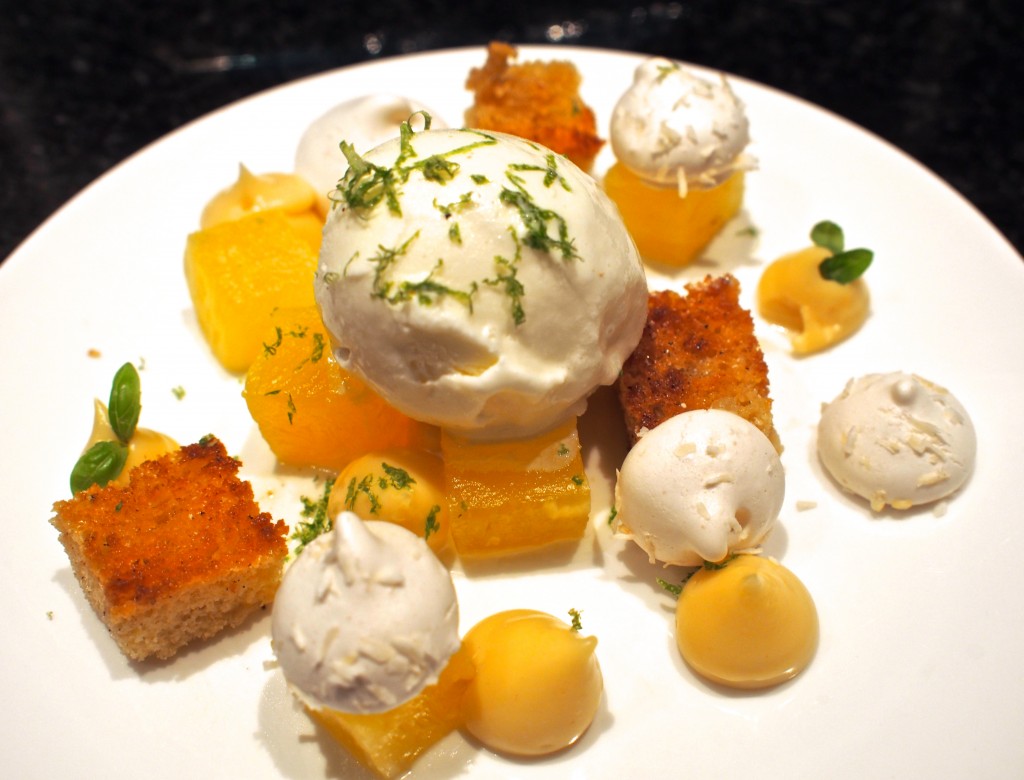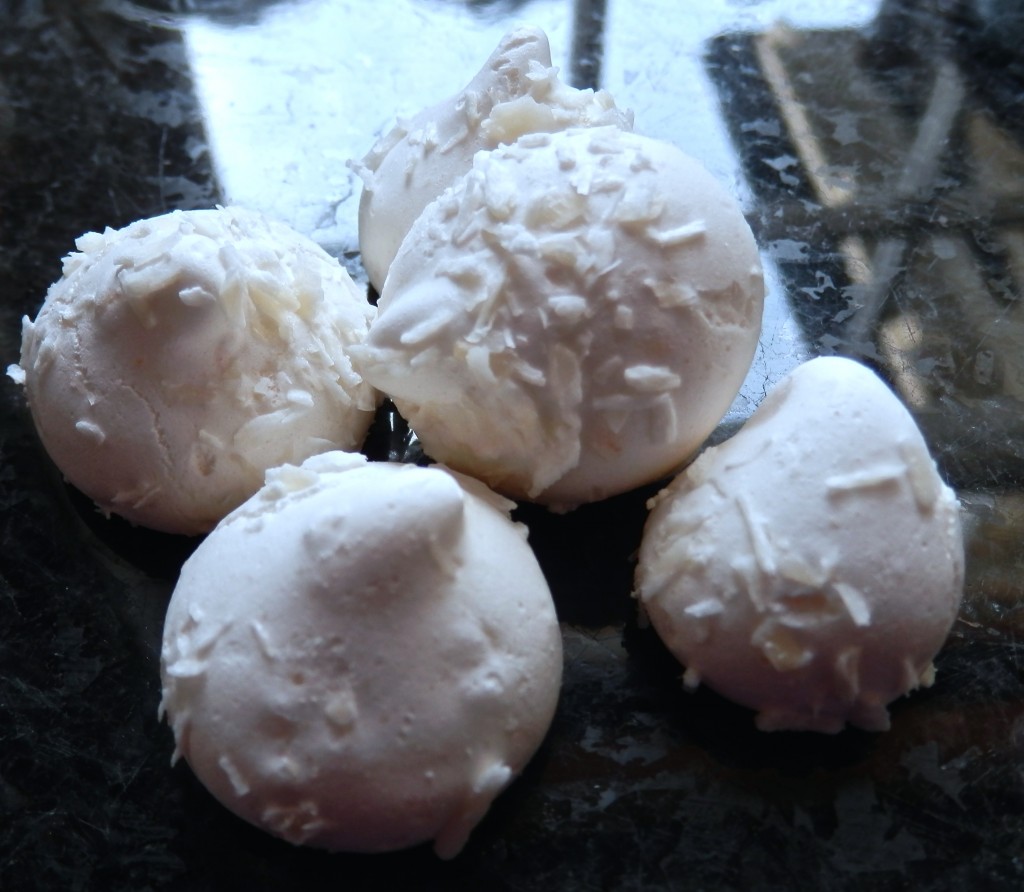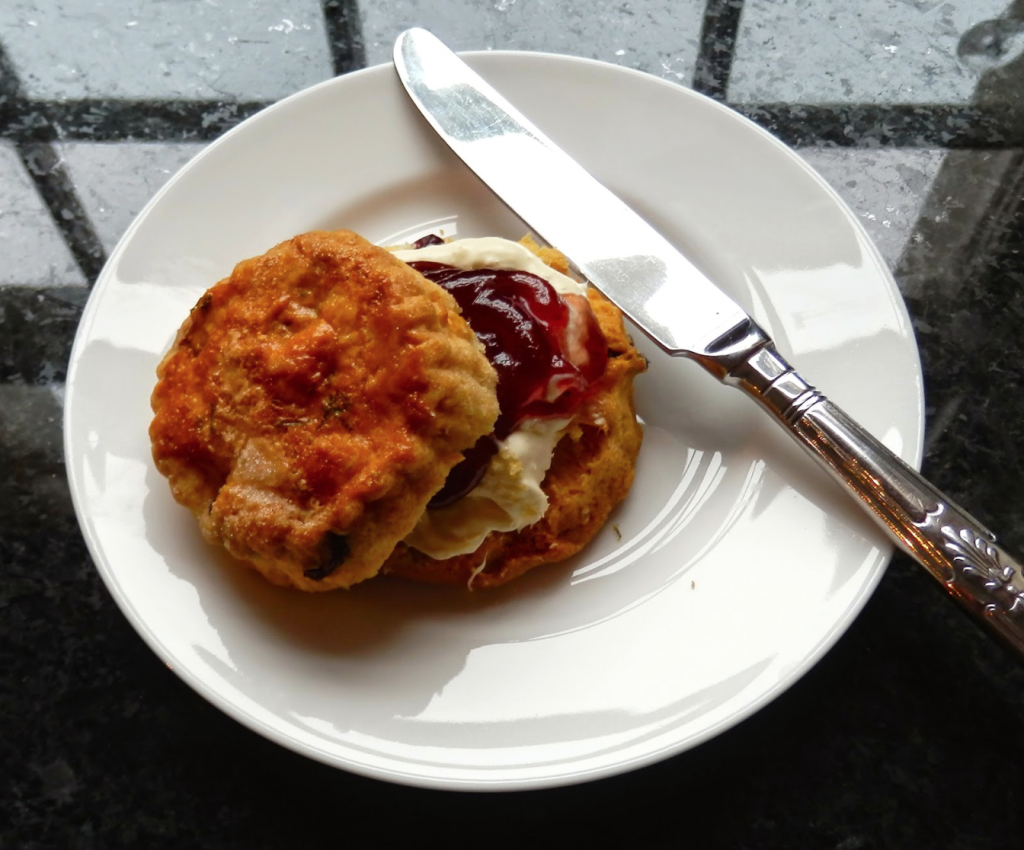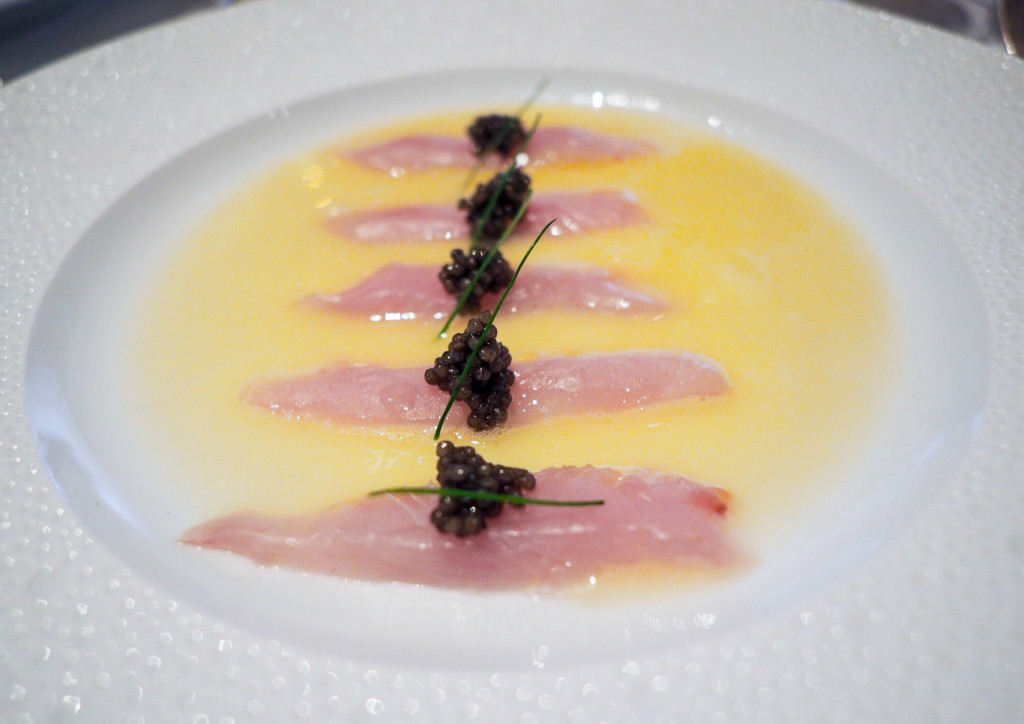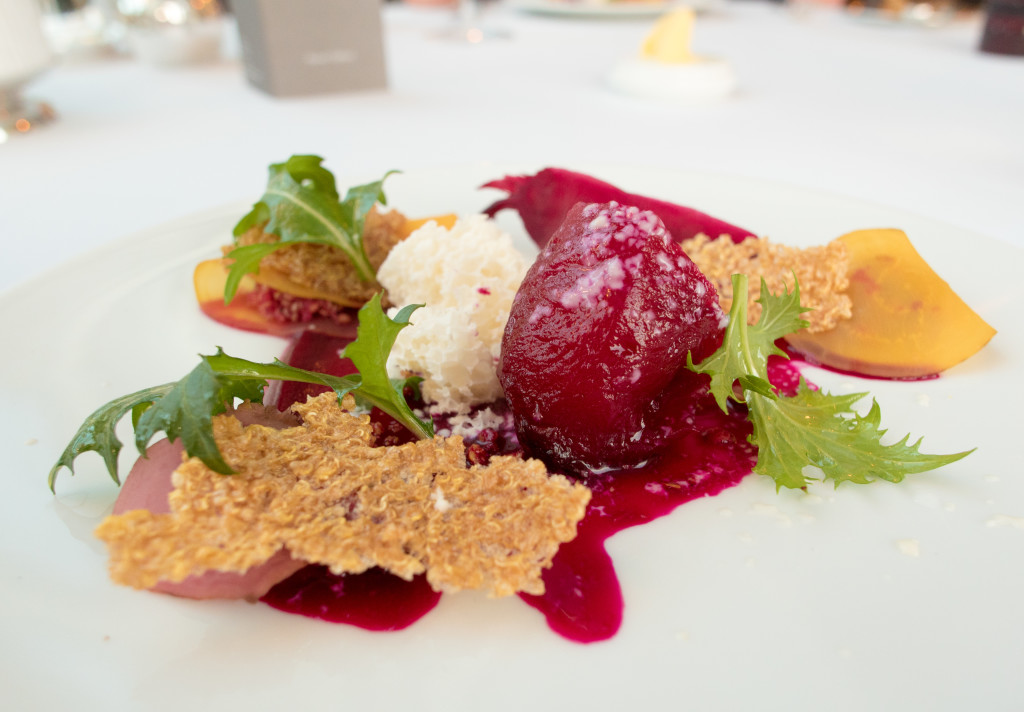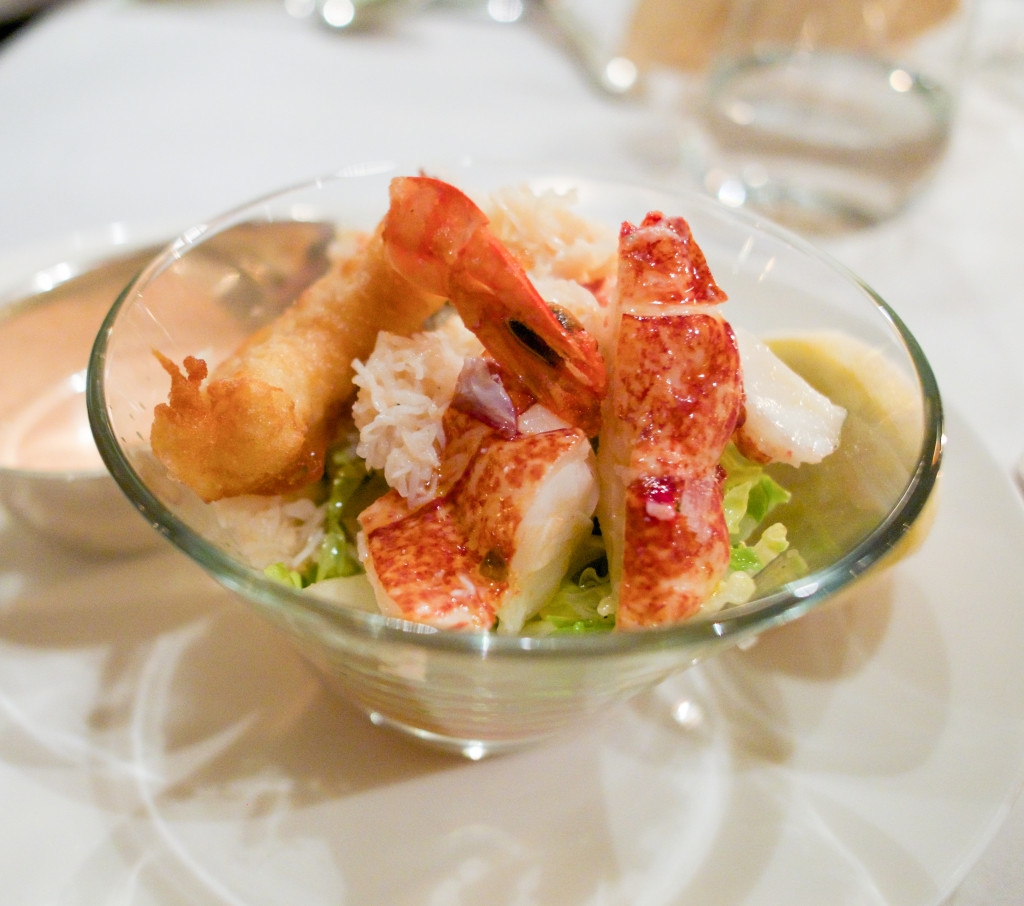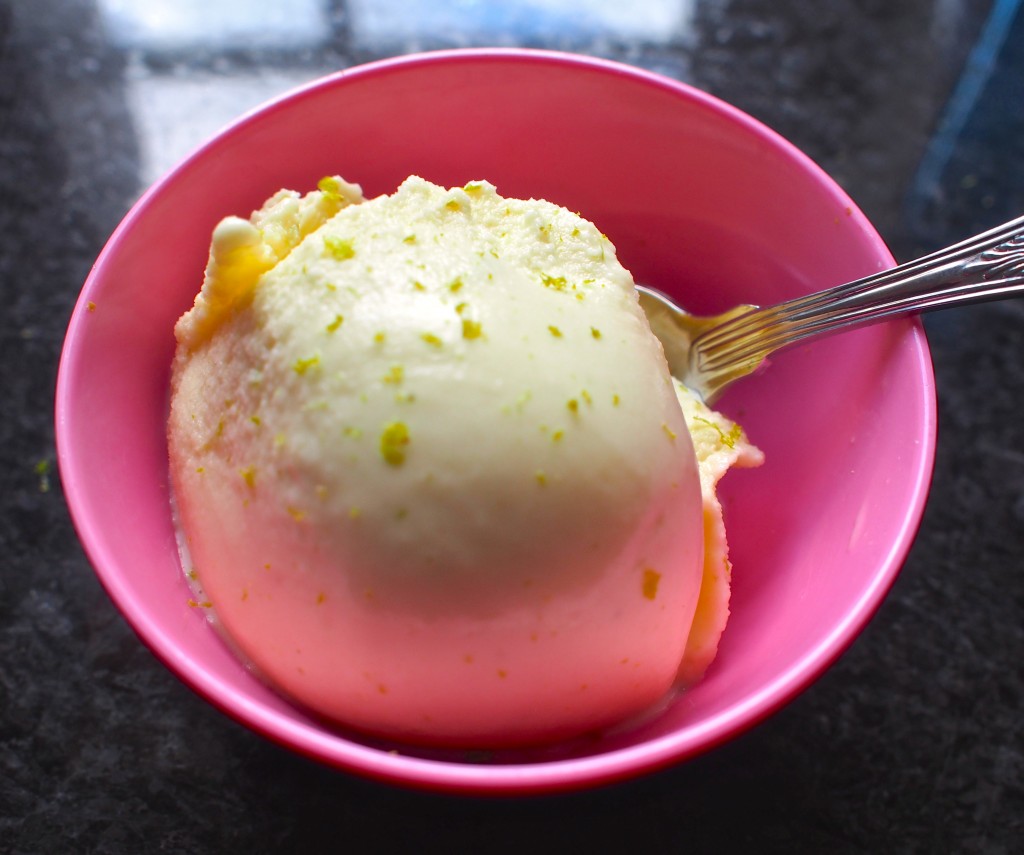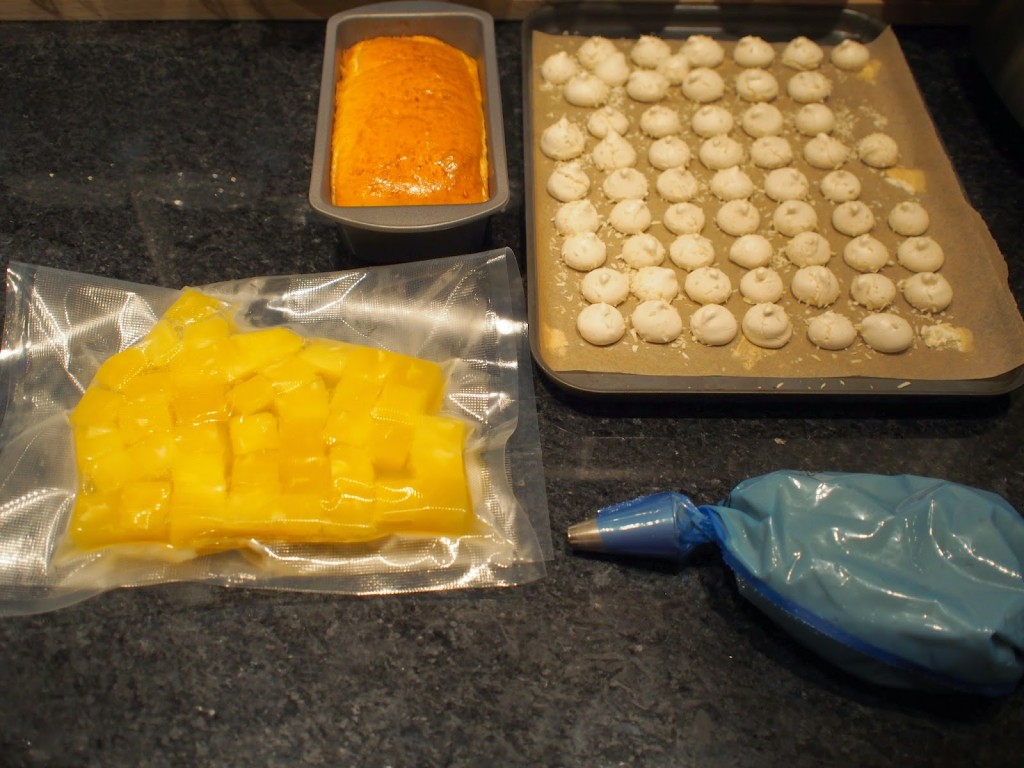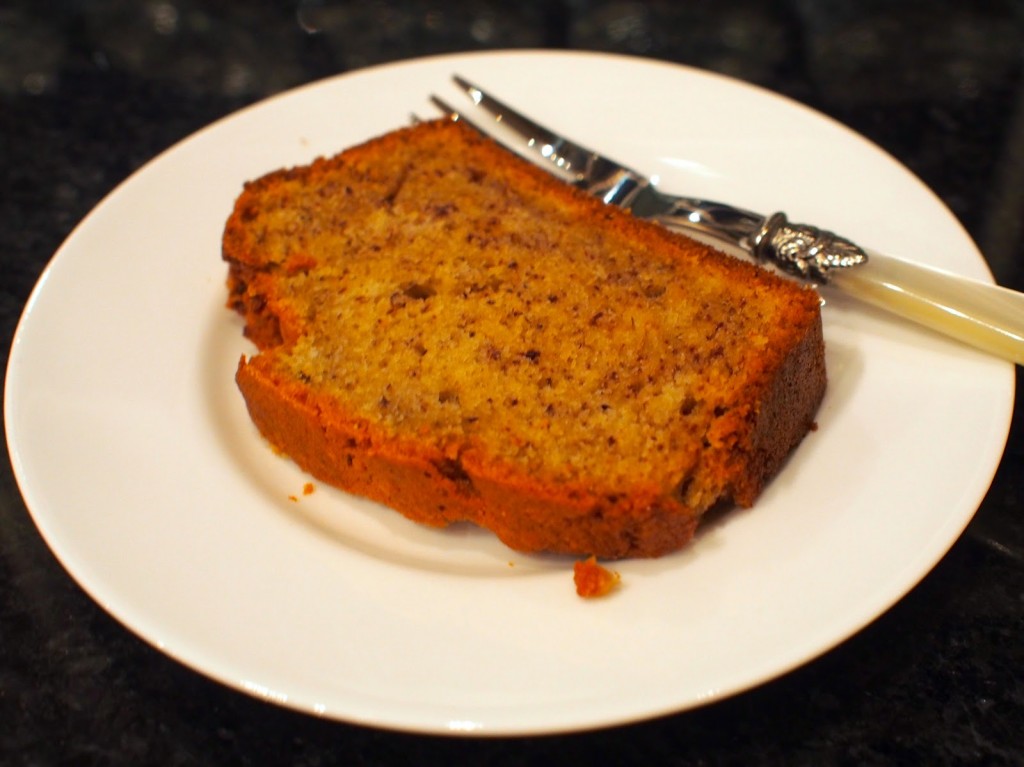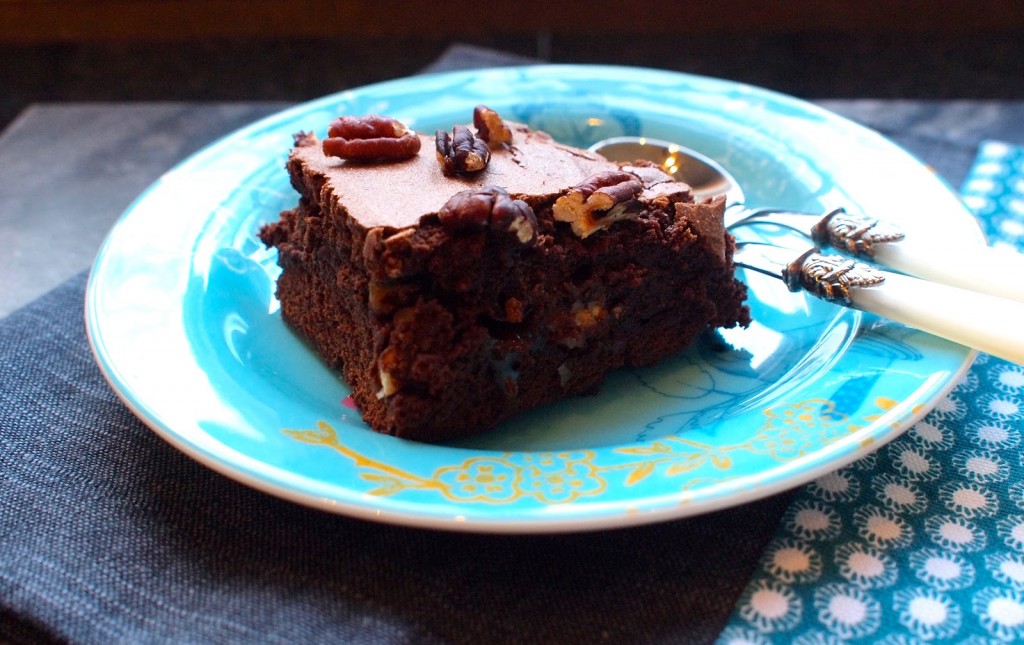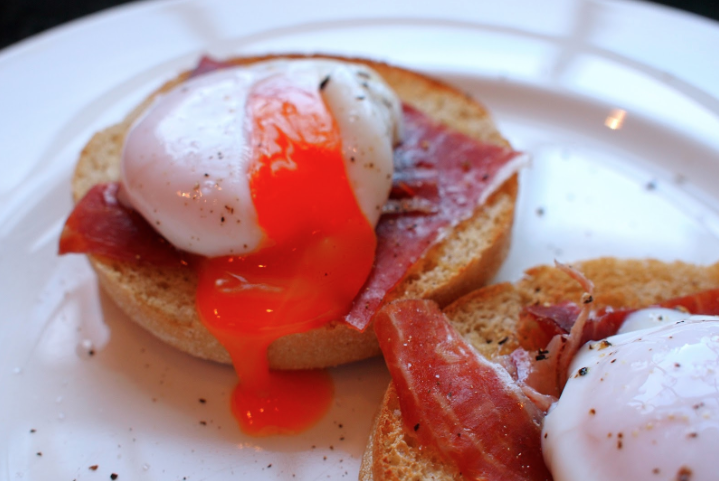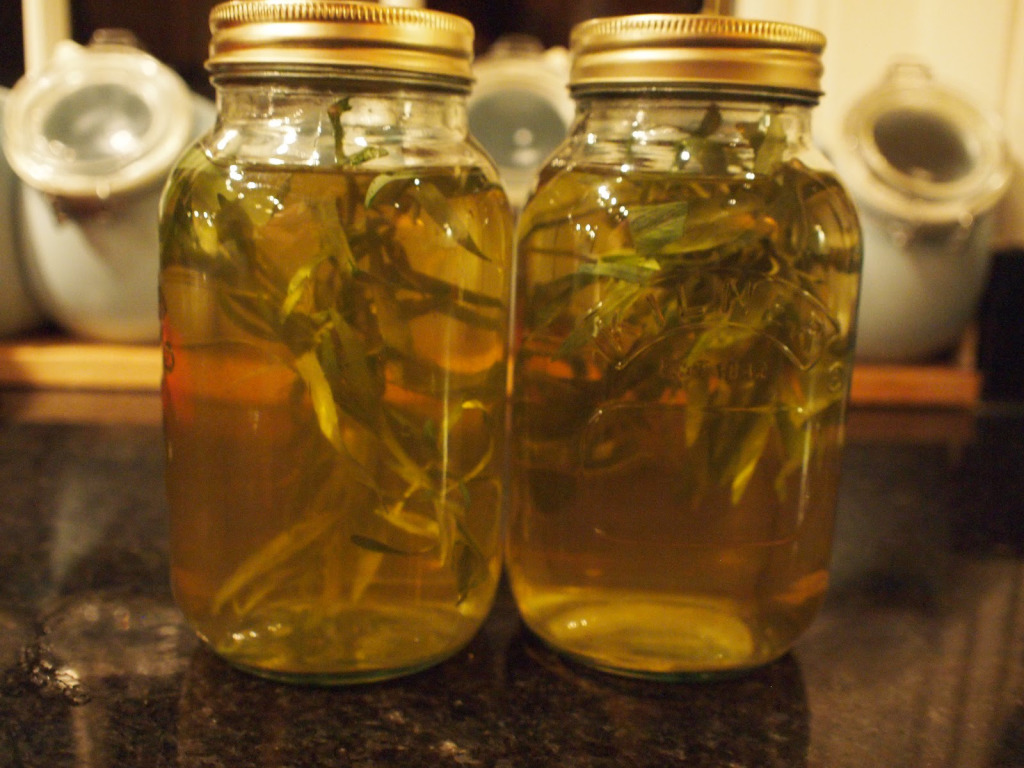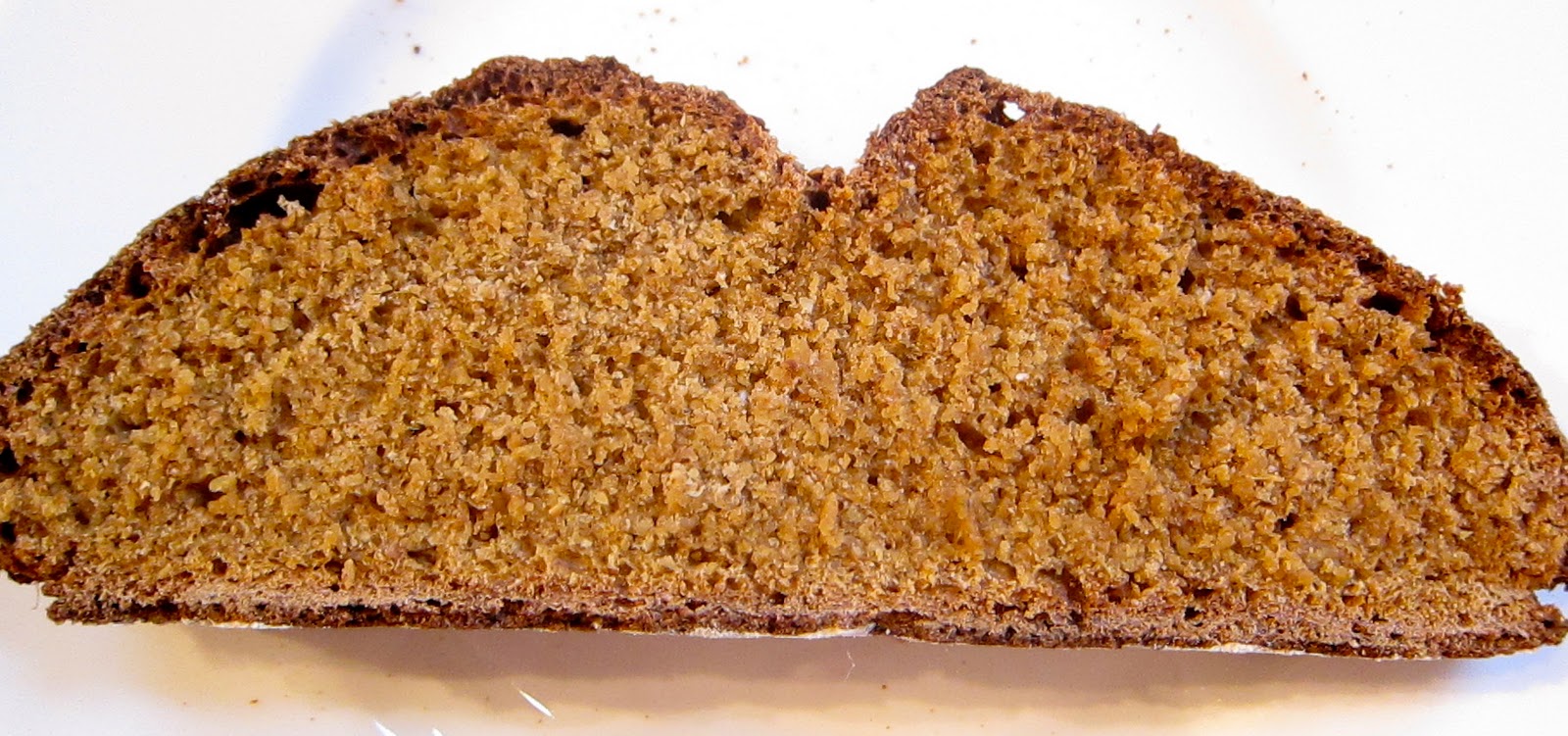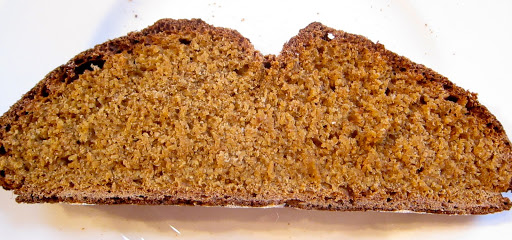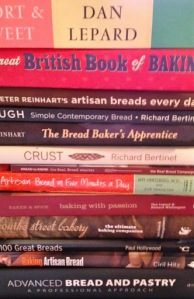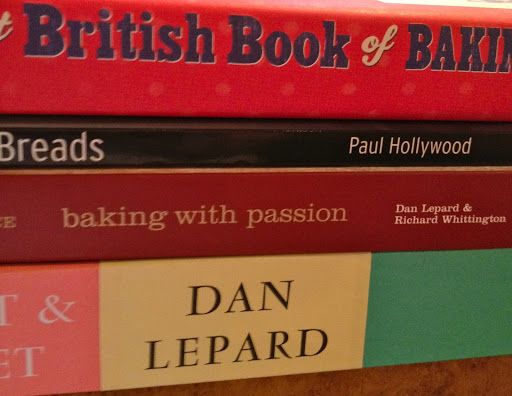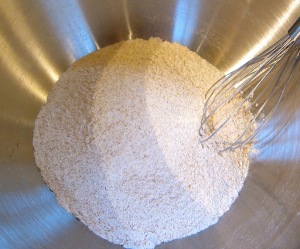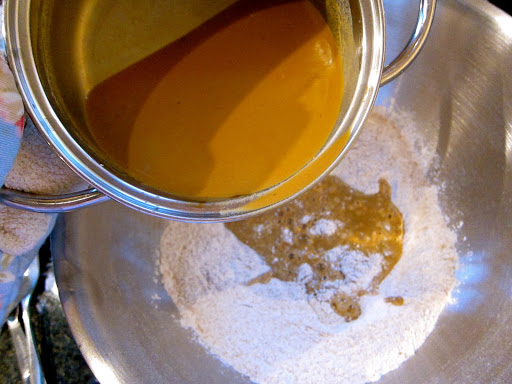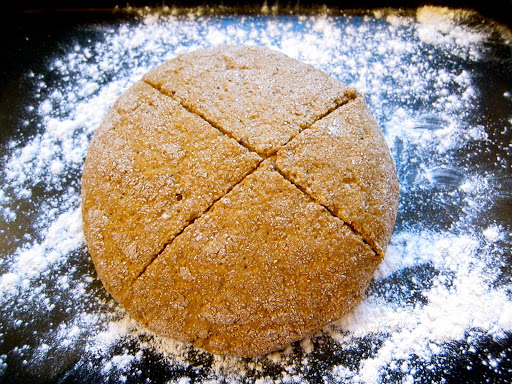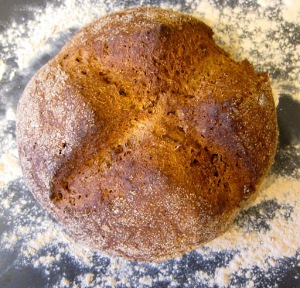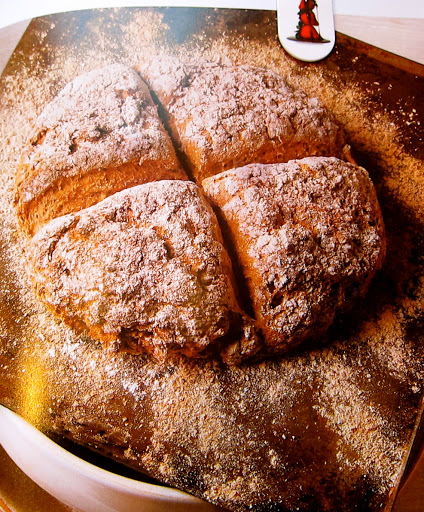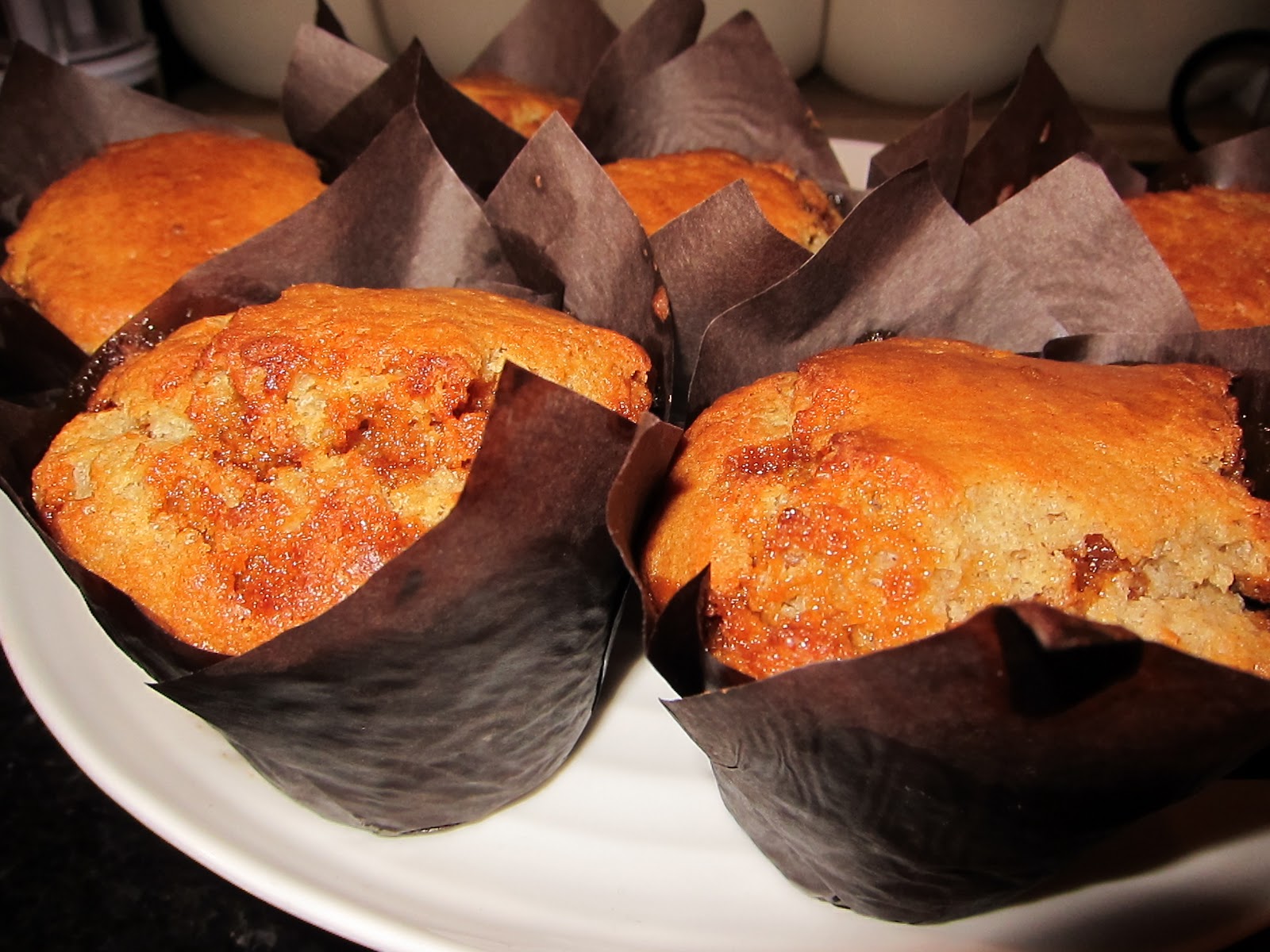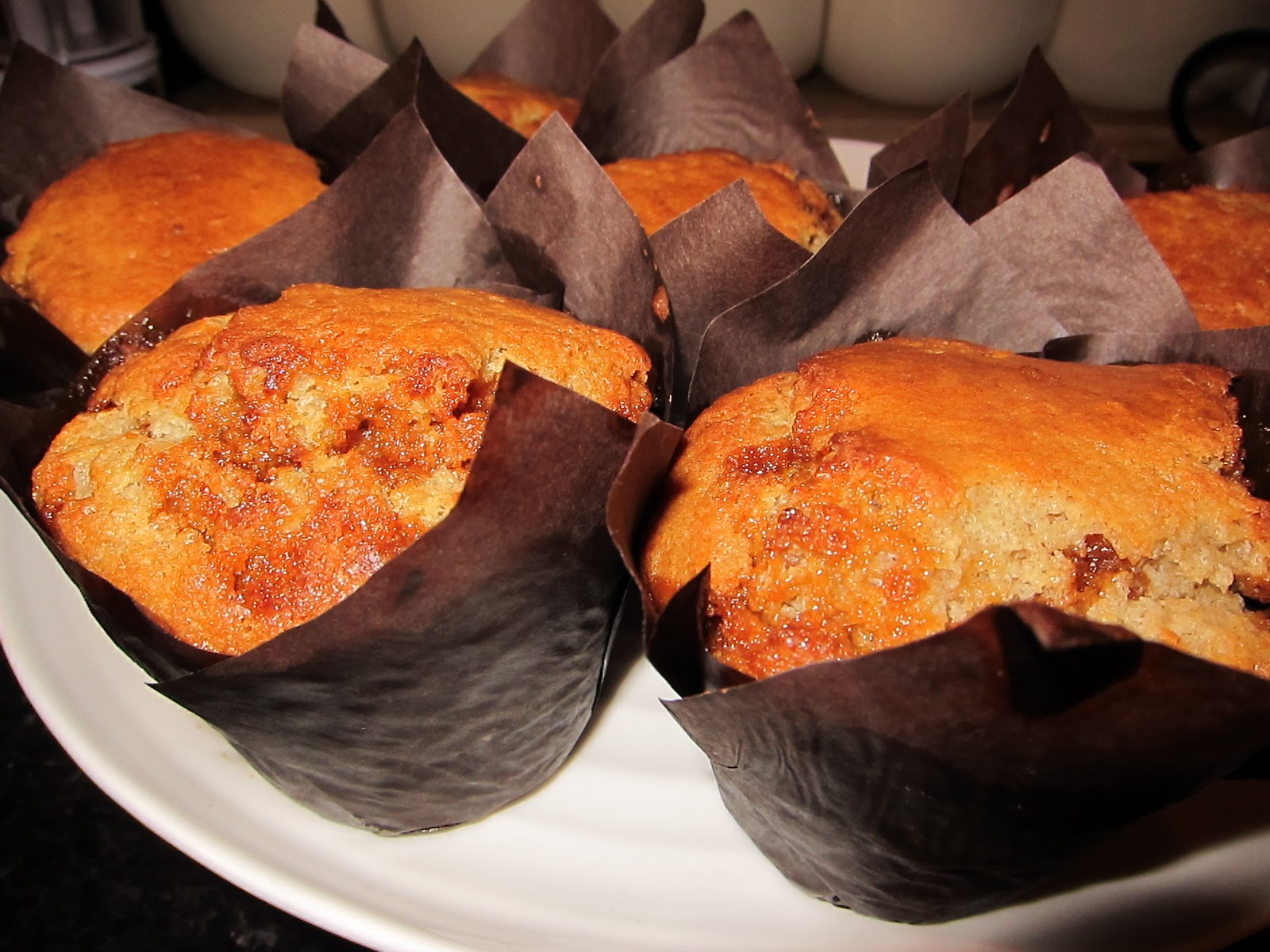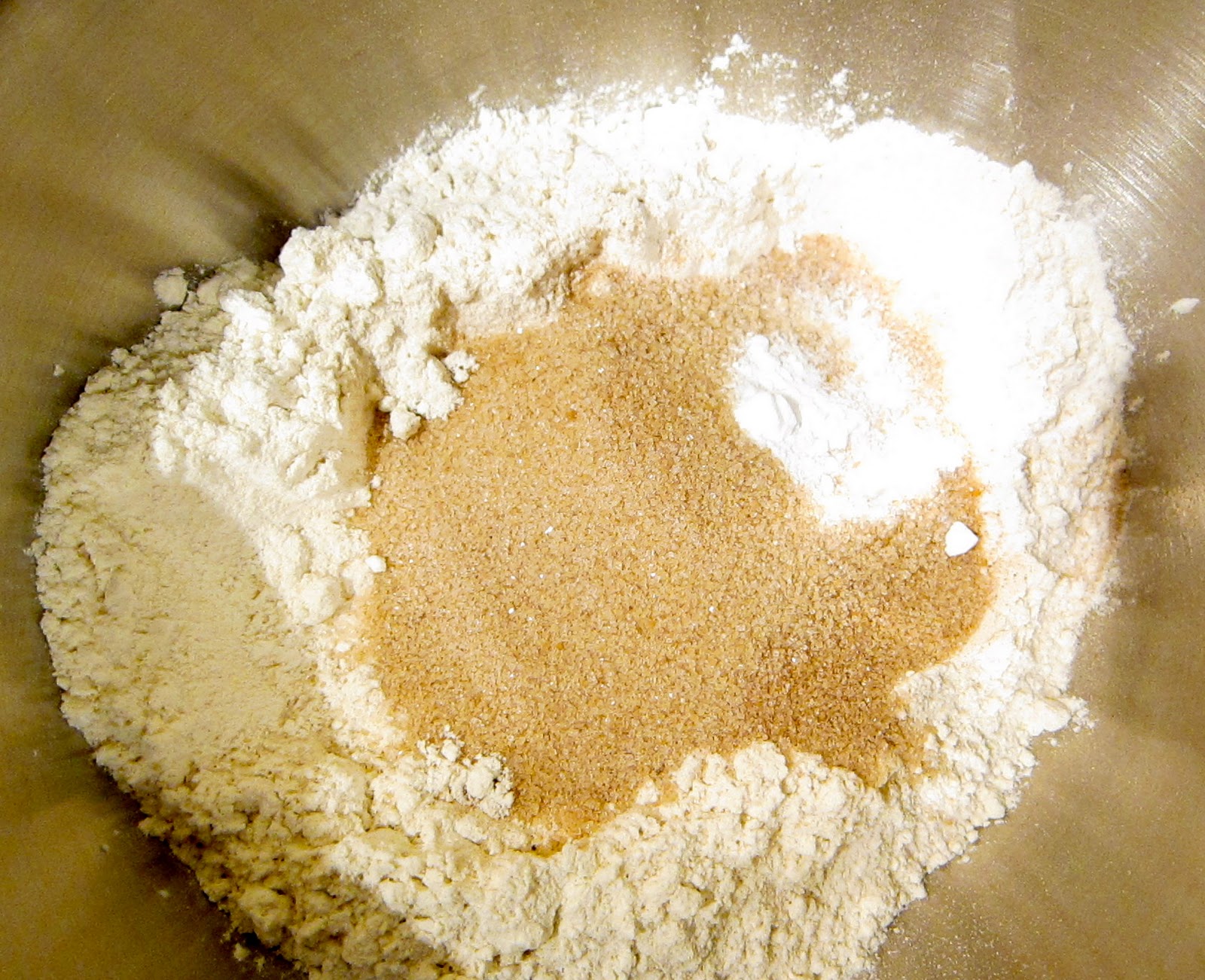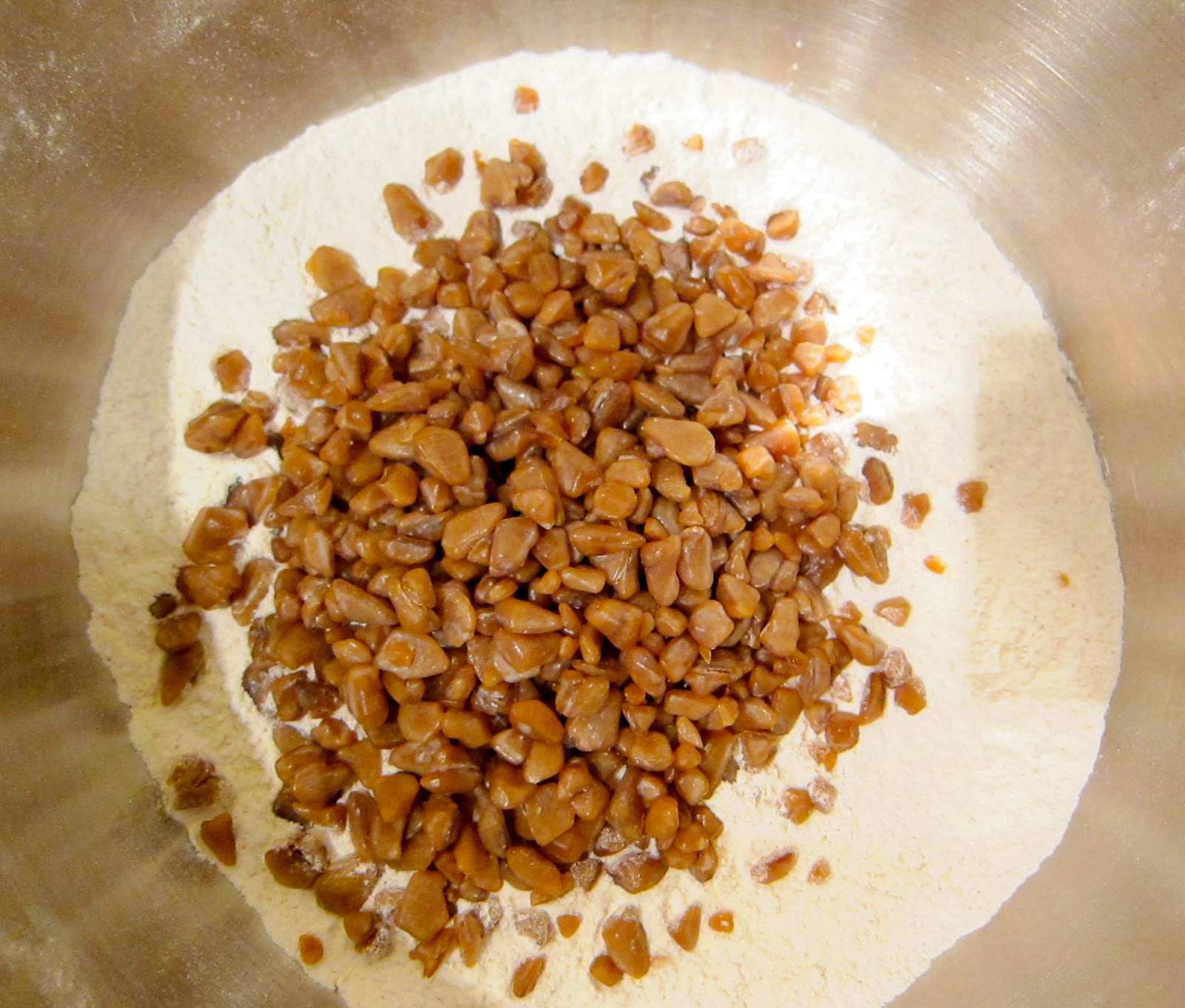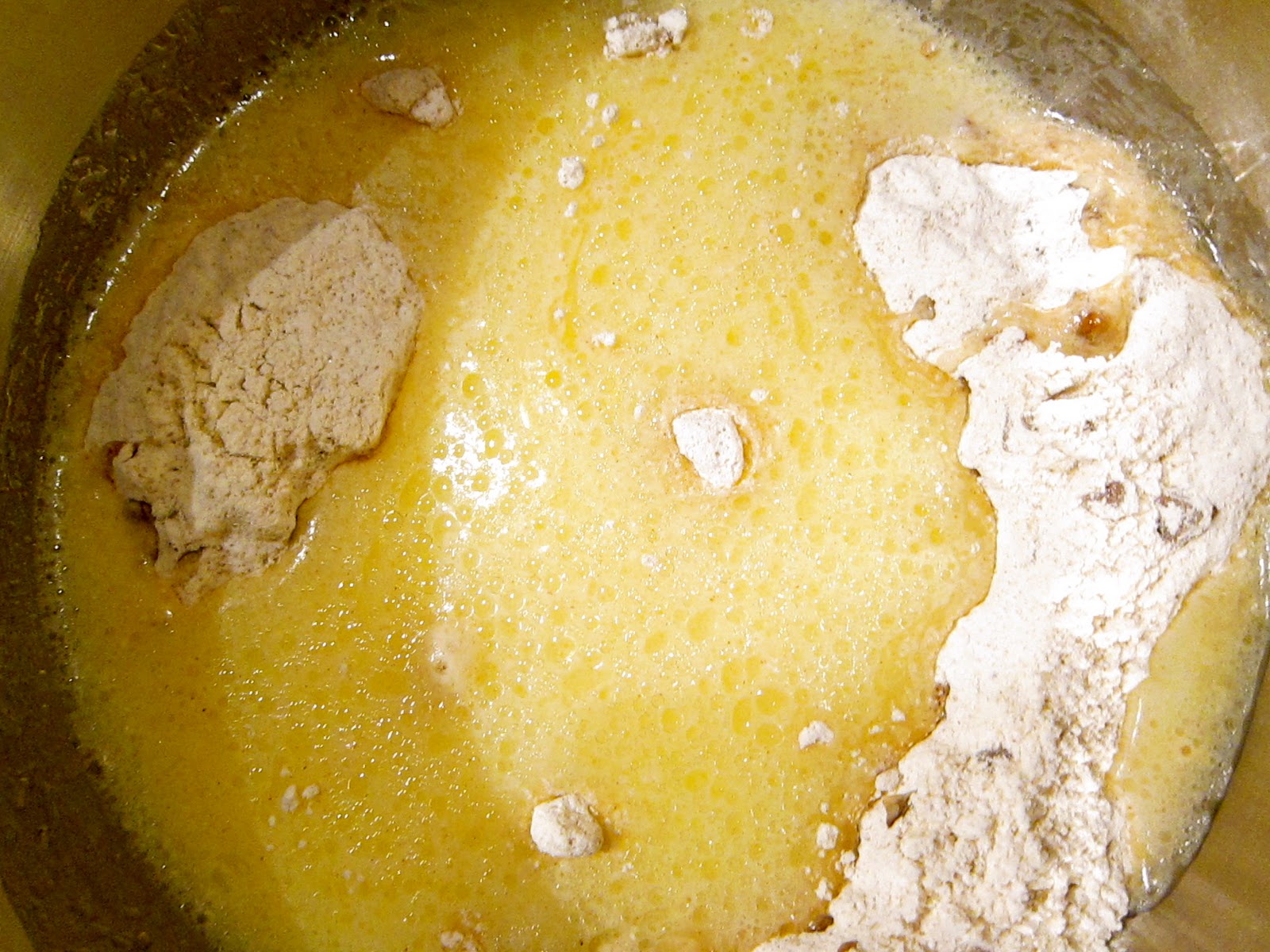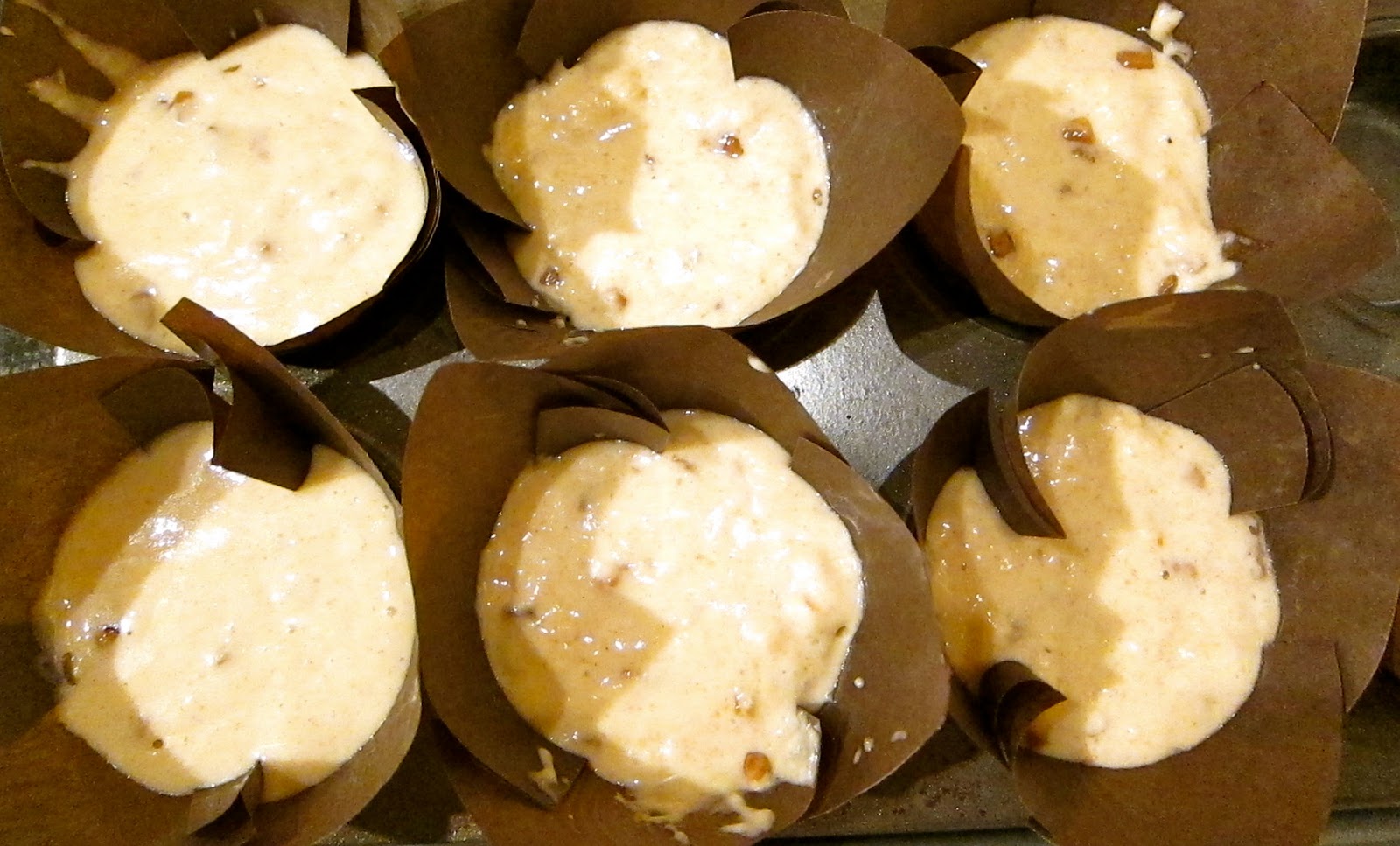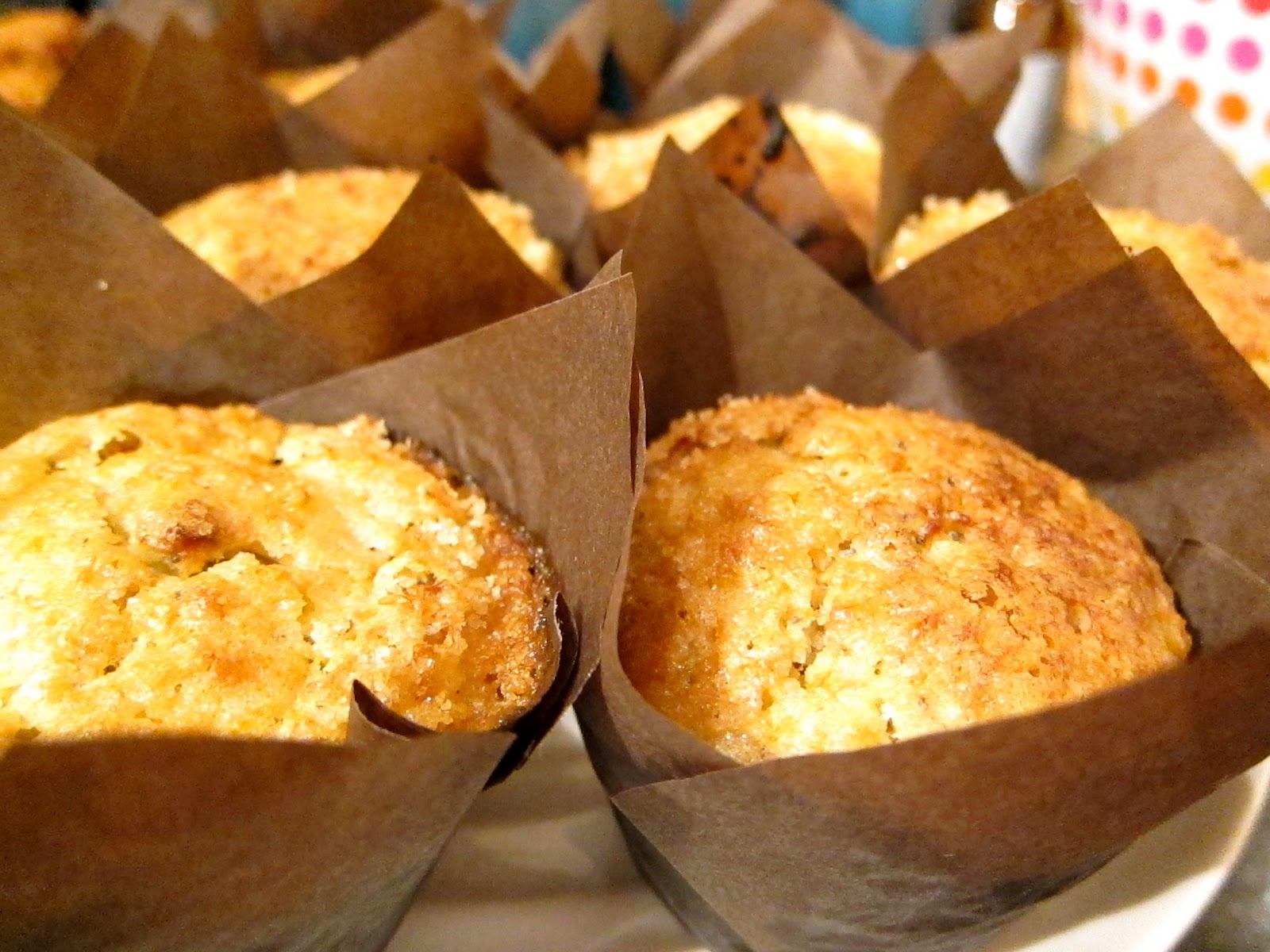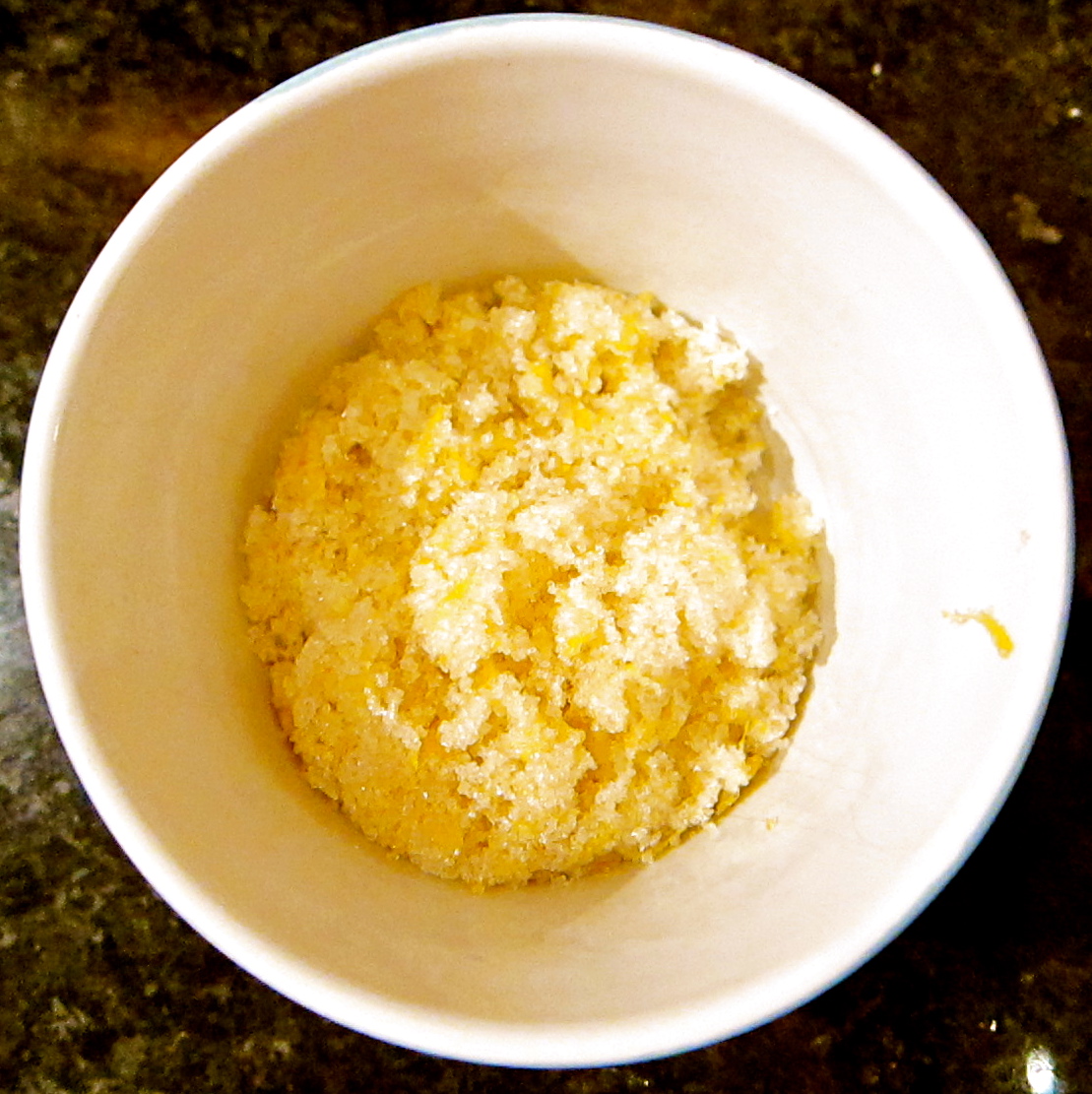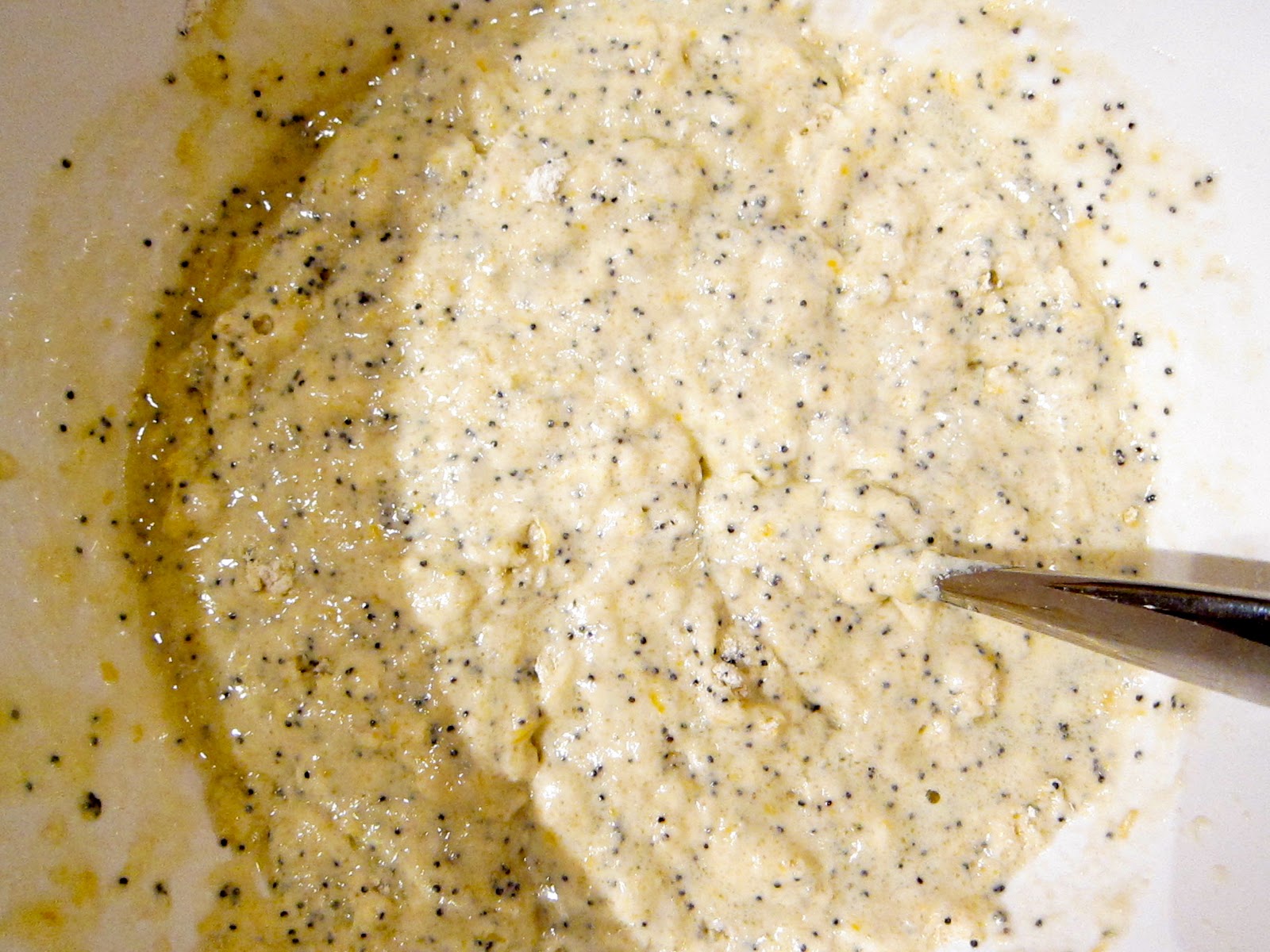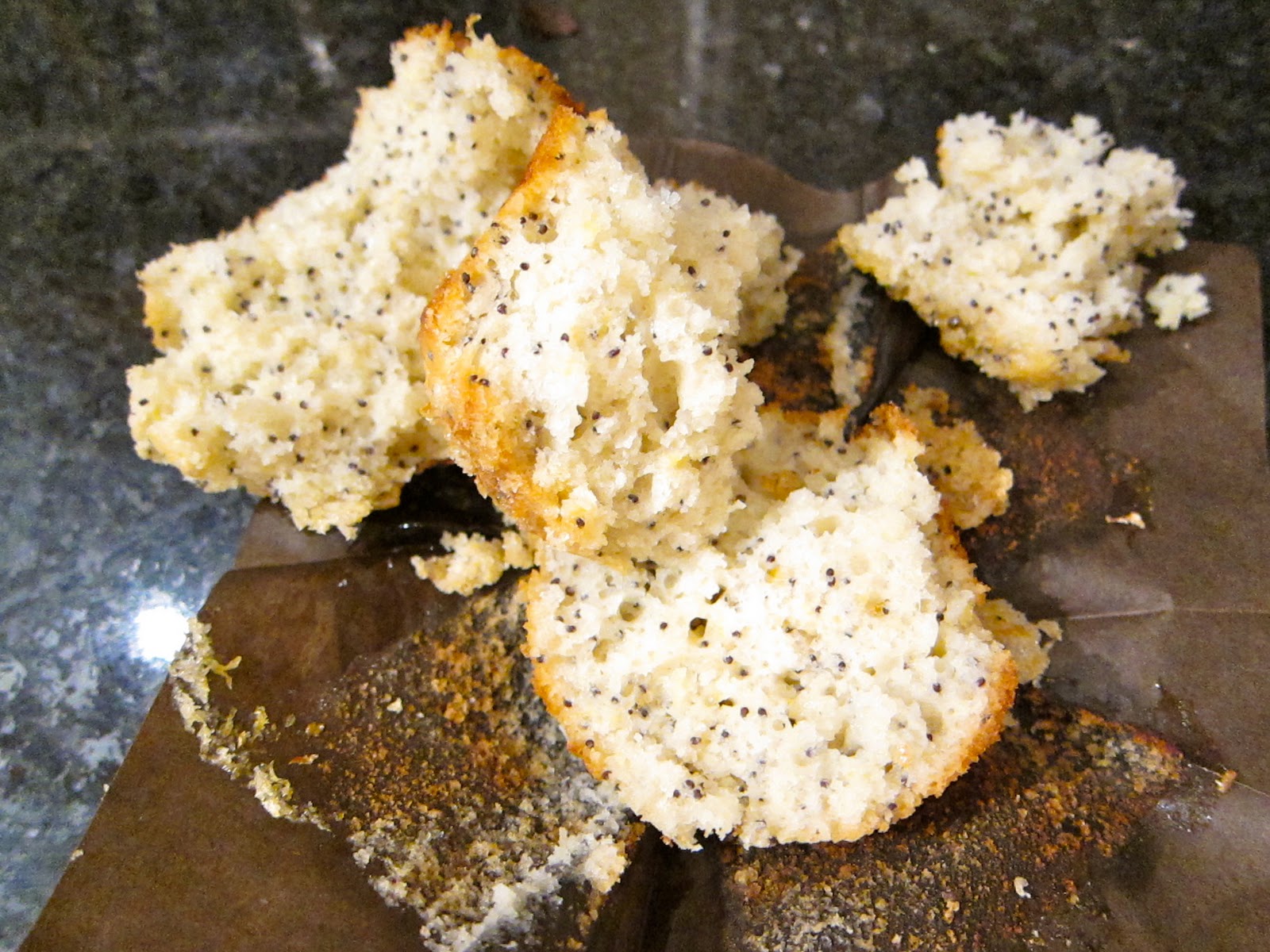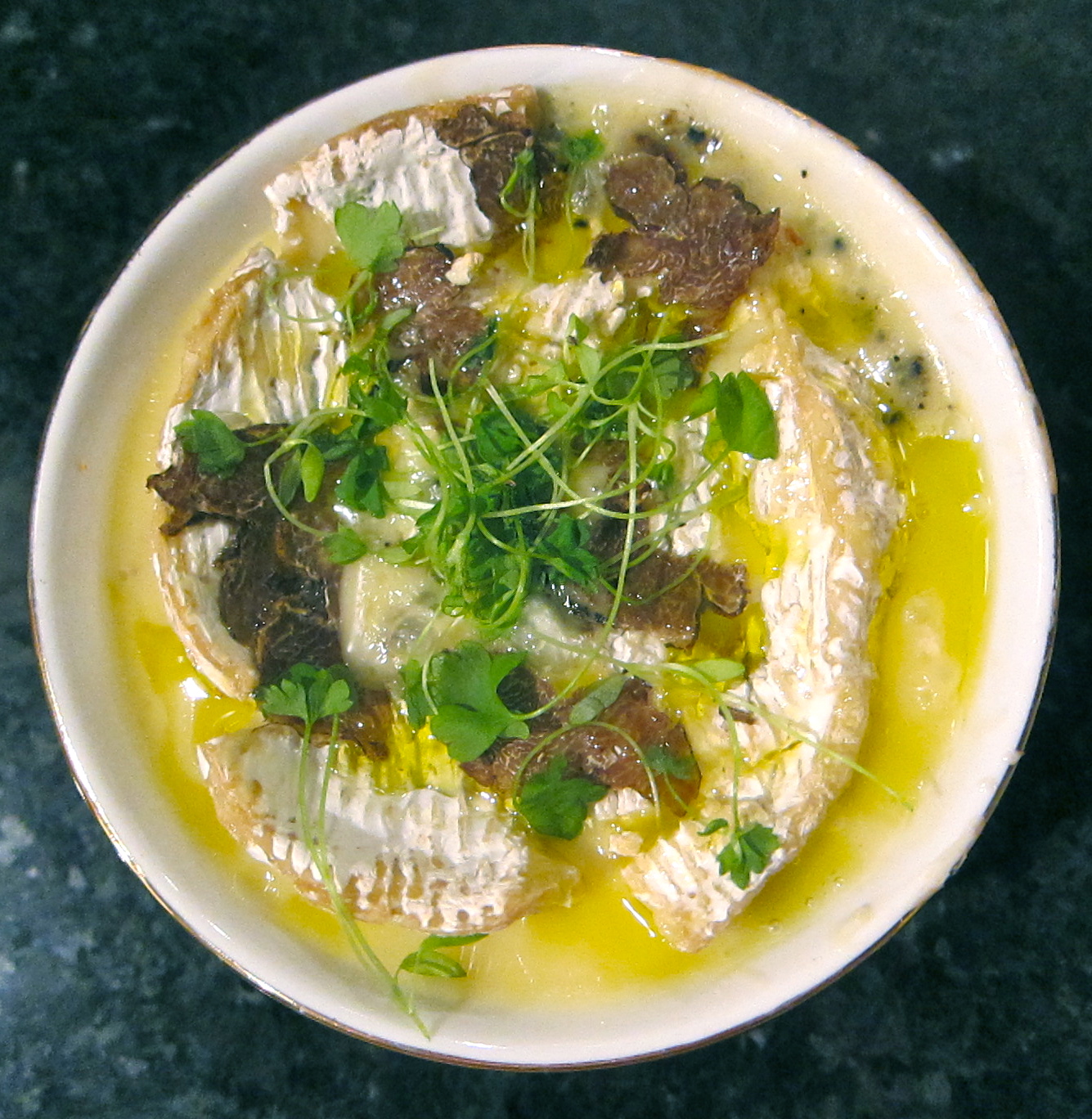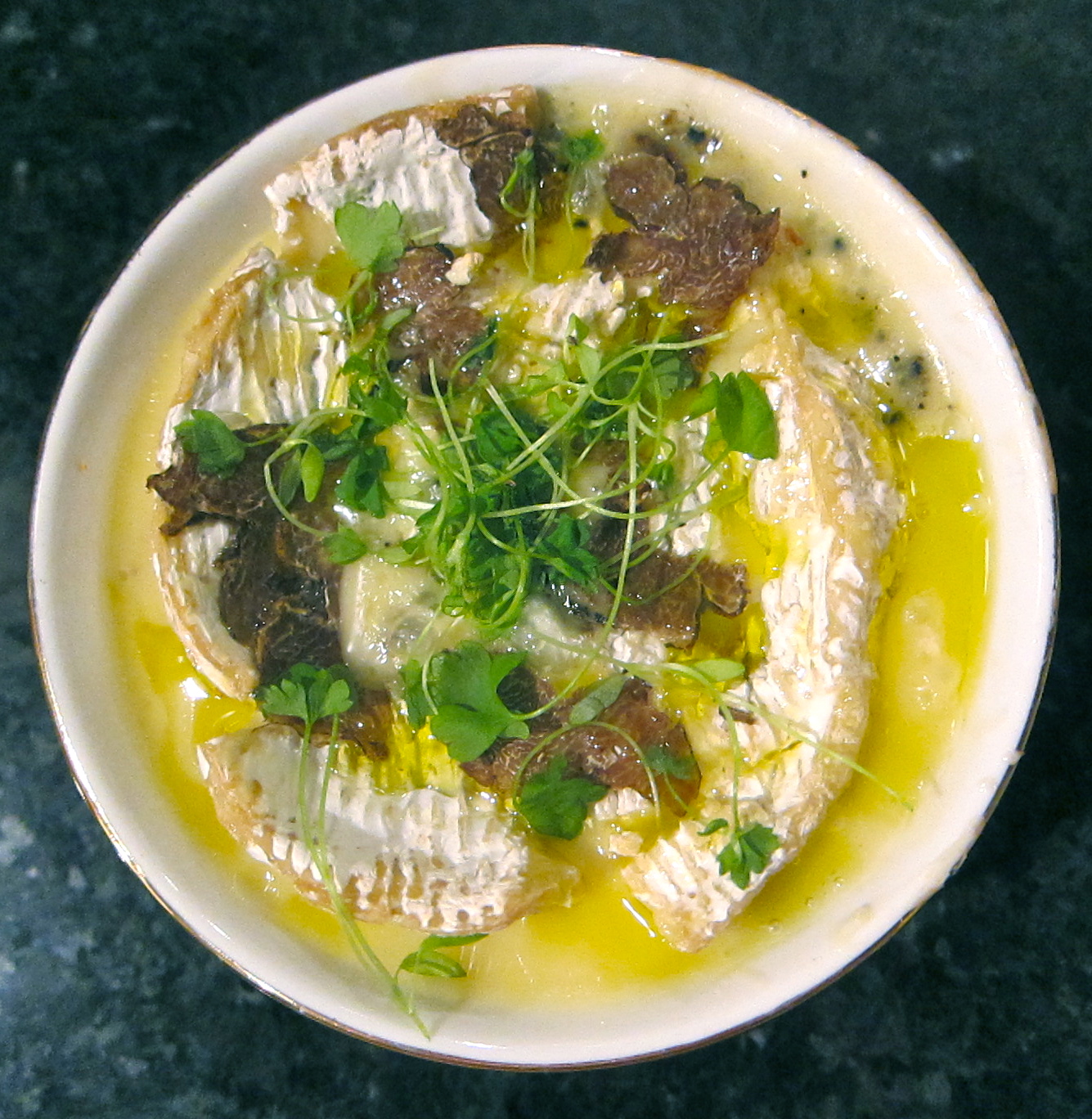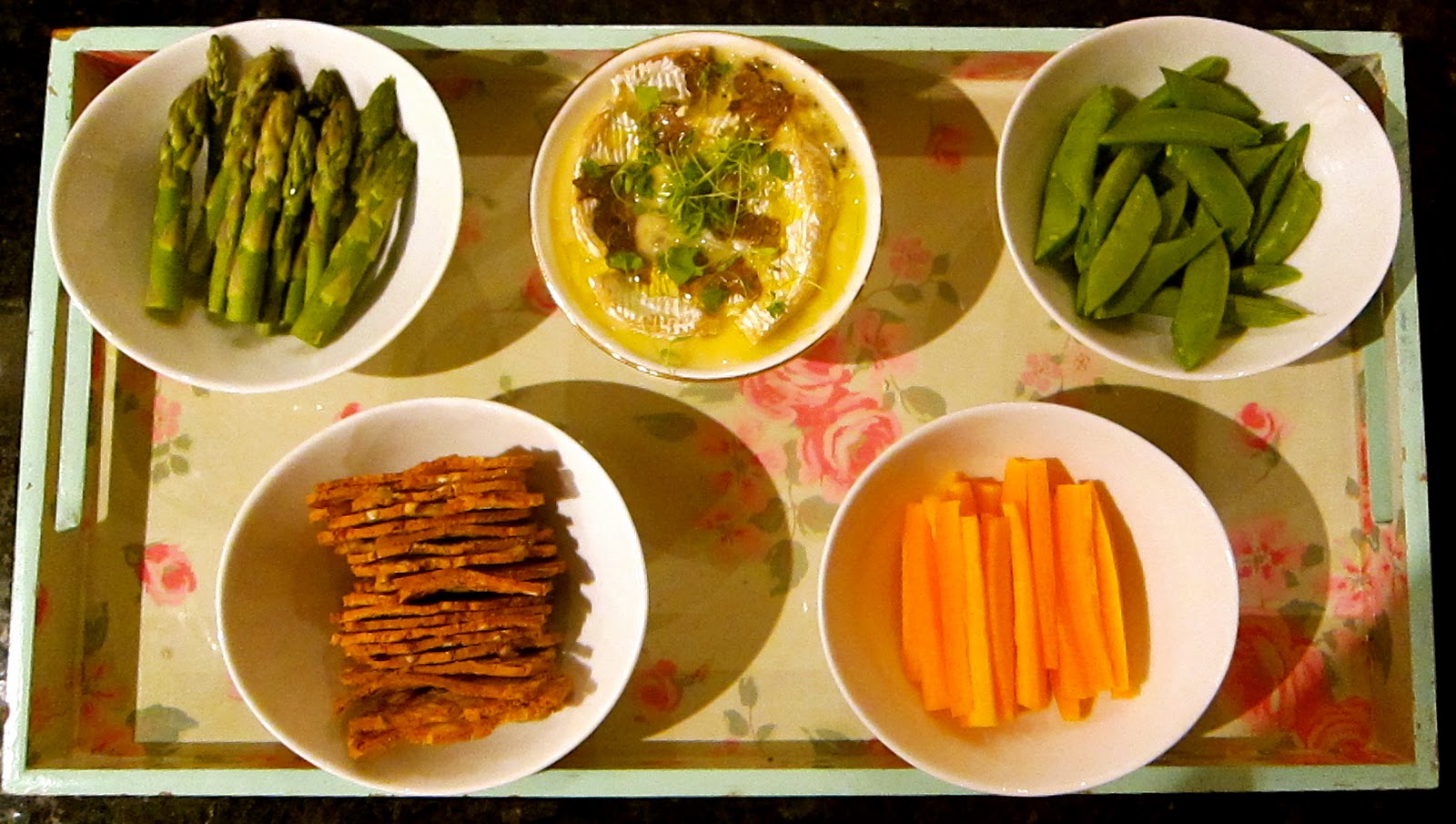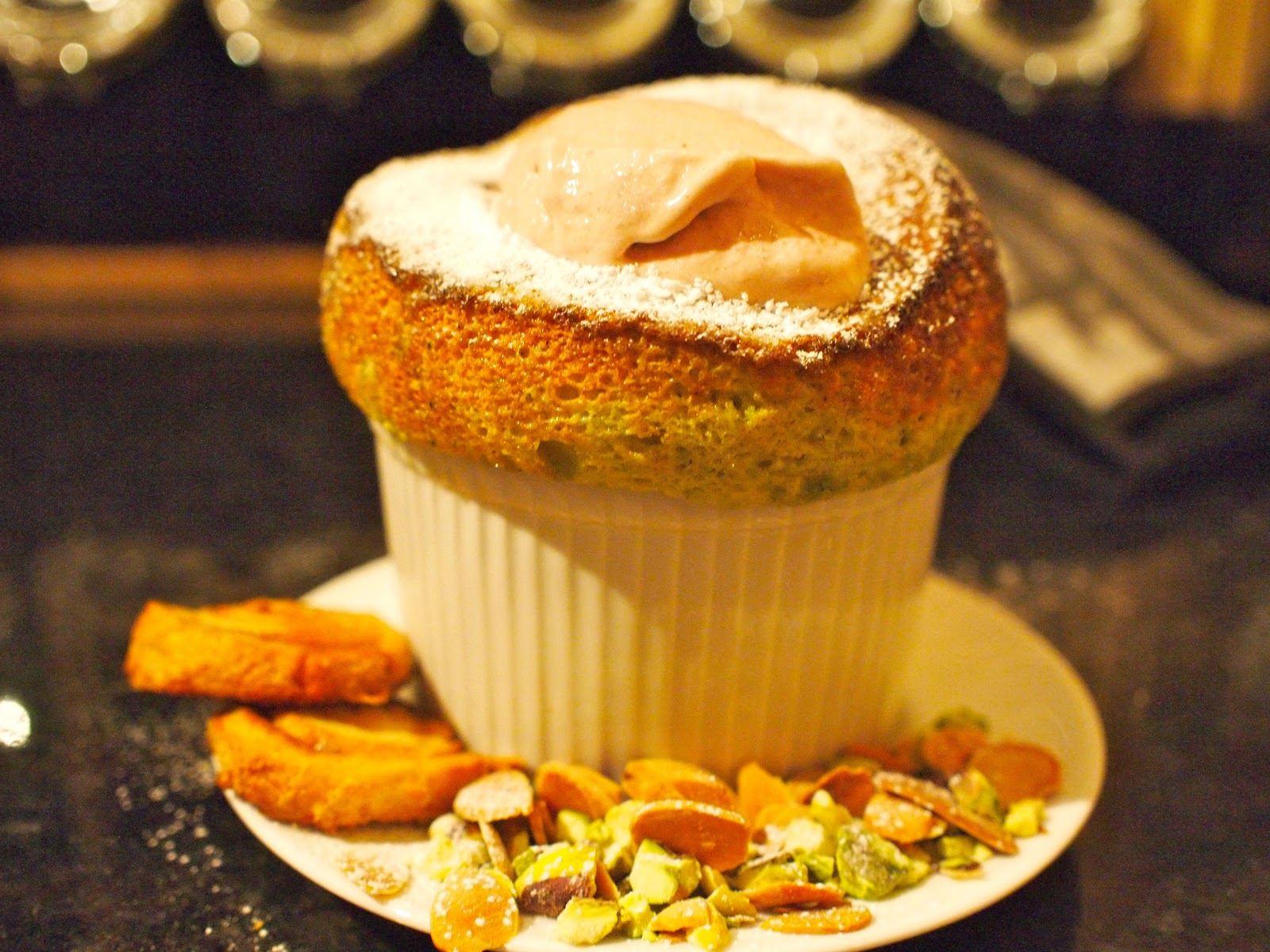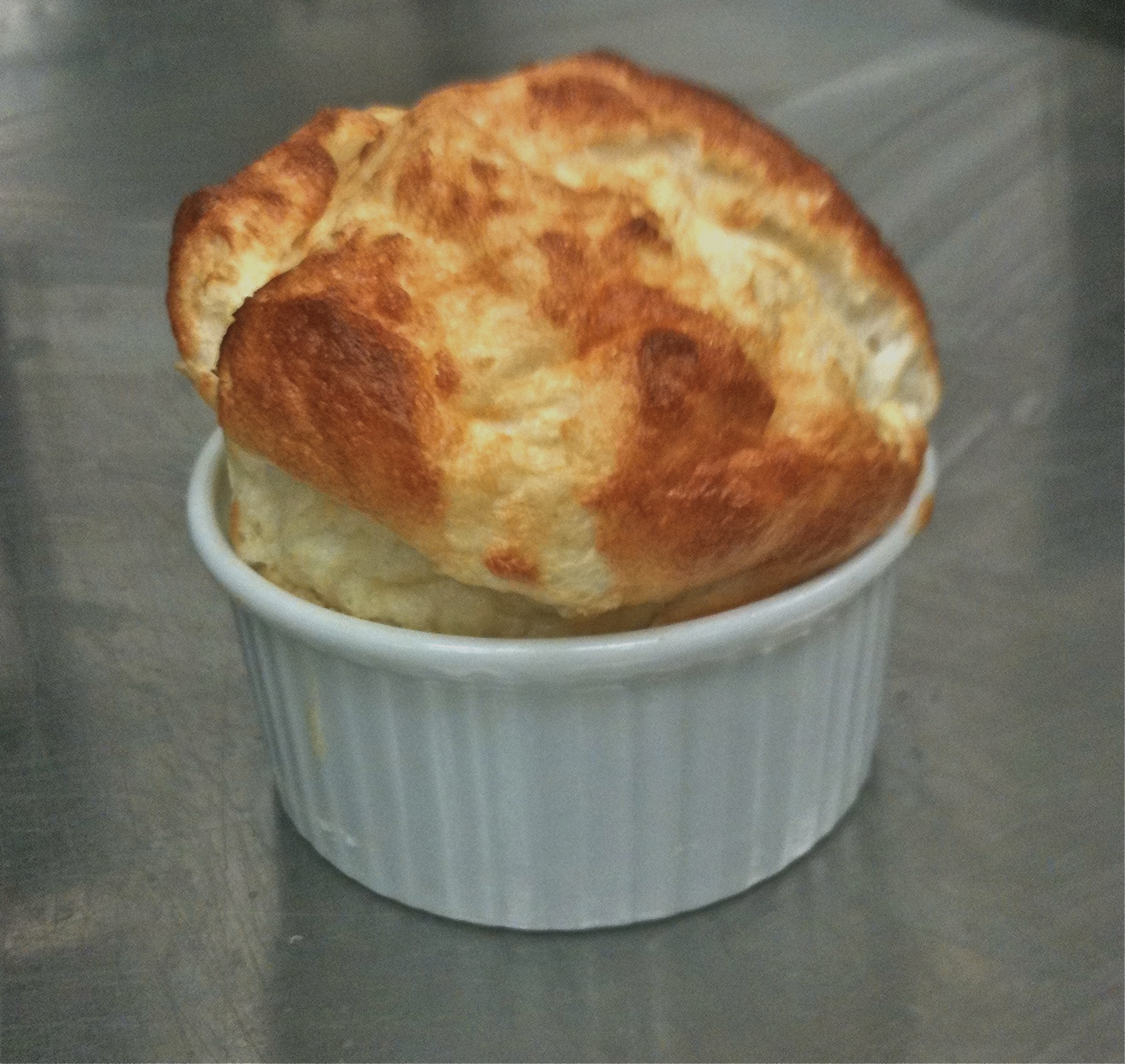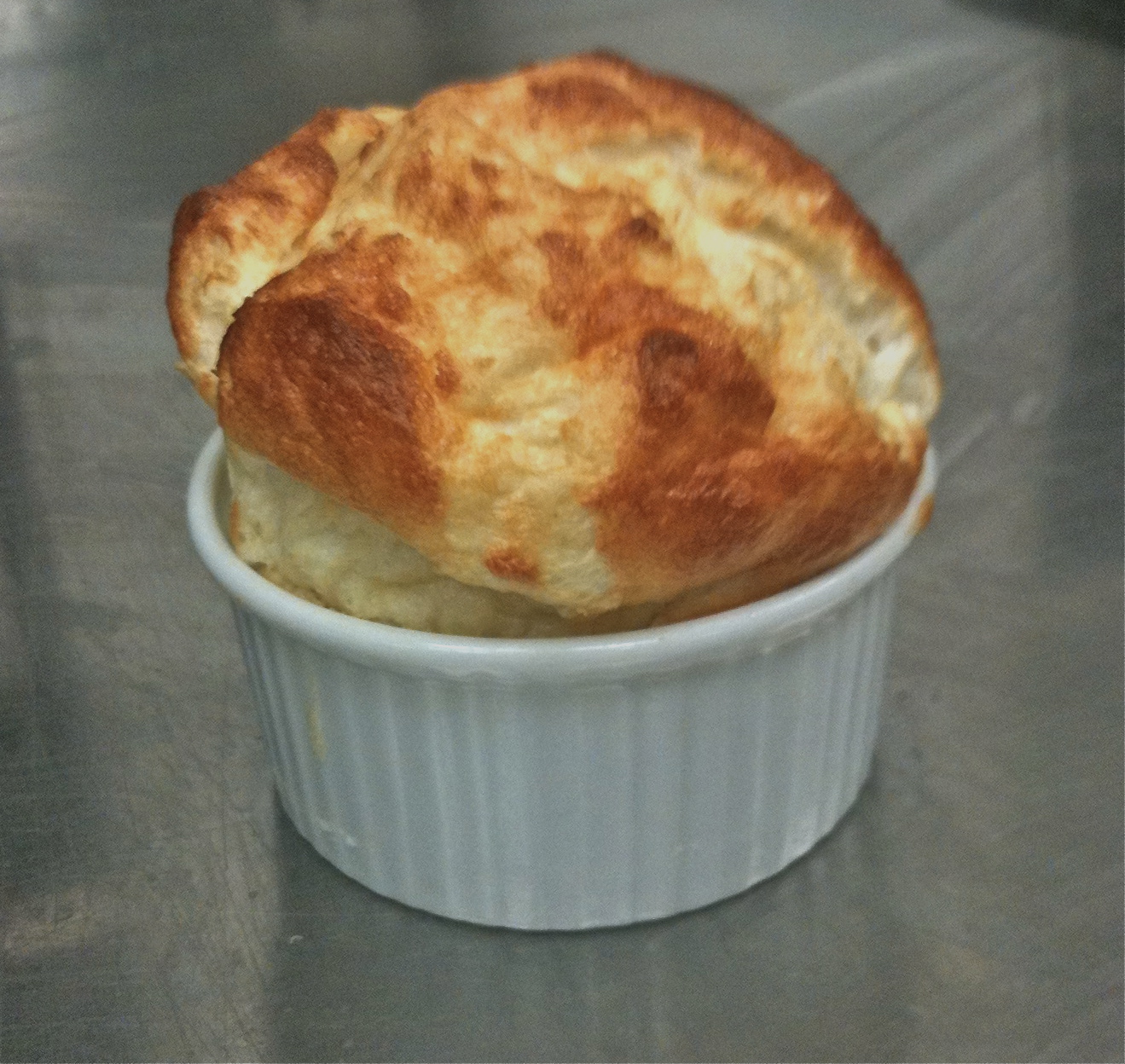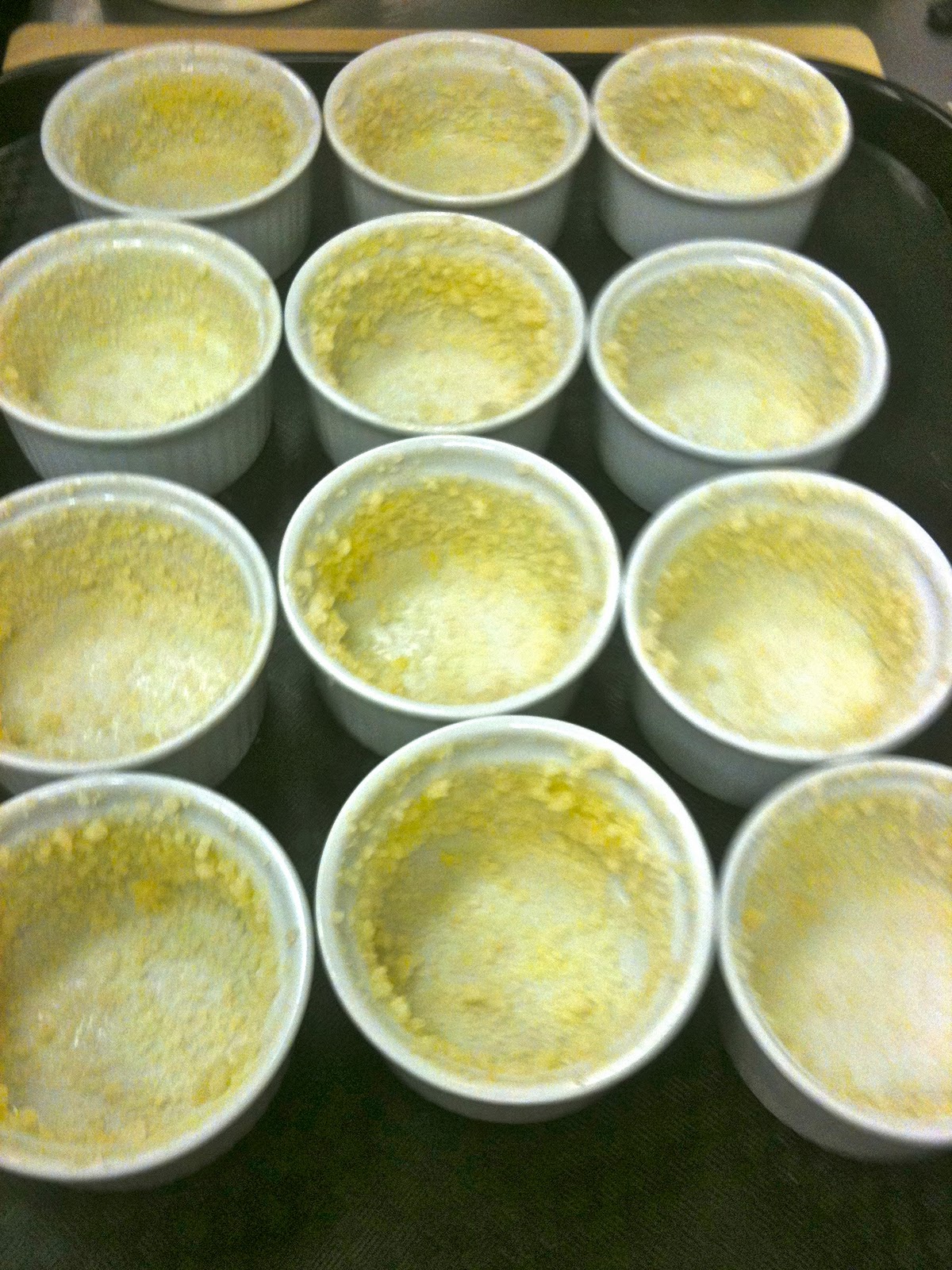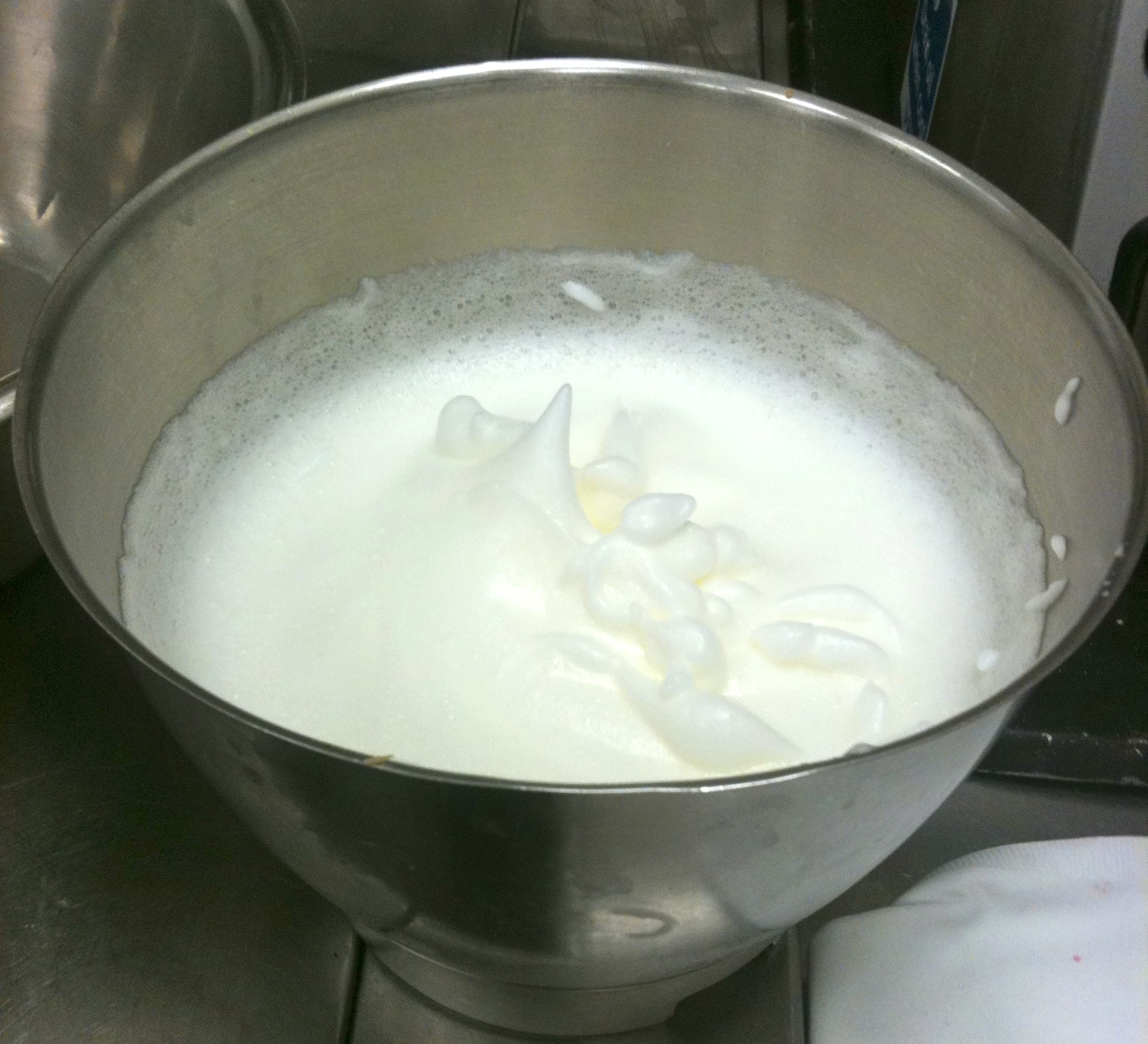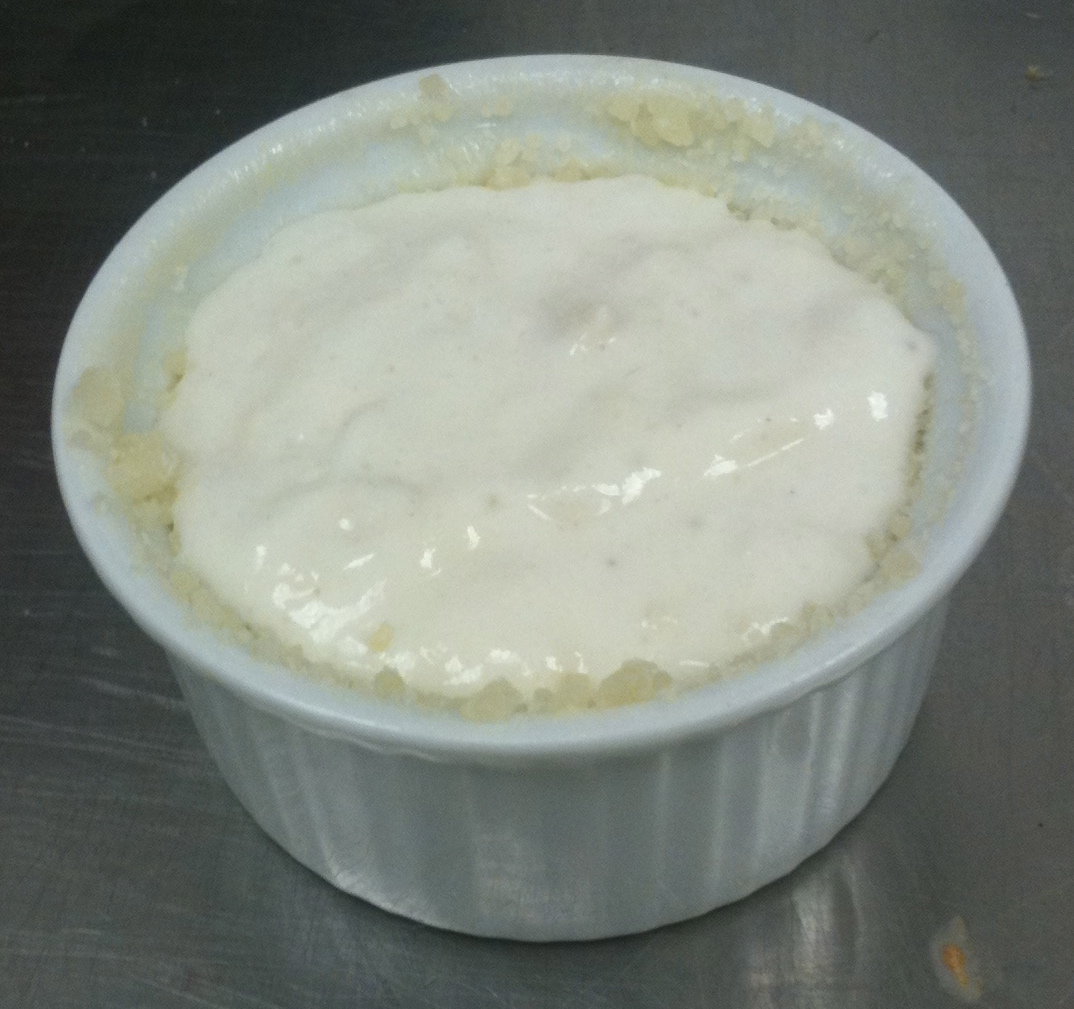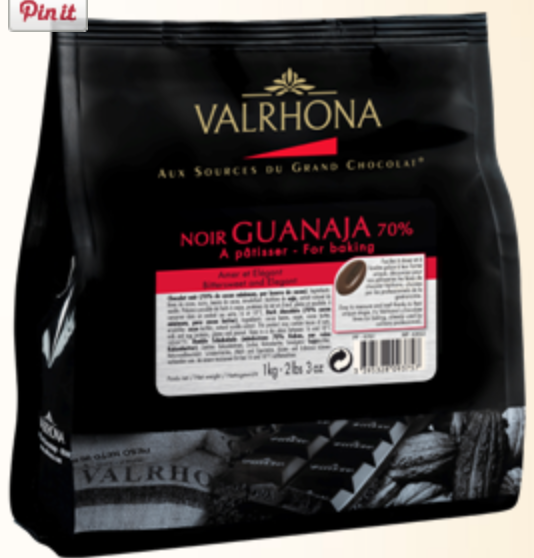This is a nothing to do with my food blog, but hey, it’s what I do ;0)
Have there ever been such hotly contested tickets as those for the Leonardo da Vinci exhibition, currently showing at the National Gallery in London? From 7:00 am the queues around the National Gallery begin to form, as those without a prized ticket scavenge for the 500 timed-entry tickets released at 10:00 am each morning. Tickets have been sold and bought on Ebay, and the more enterprising of us have paid entrepreneurial young American men to queue on our behalf!
Leonardo worked in Milan between 1482 and 1499, and this exhibition includes almost every surviving picture painted during this time. Among them are a few stellar paintings which have never been hung together before, including the two versions of The Virgin of the Rocks painted some twenty years apart. The premise of the show is to bring together, for the first time, the genus of work created by Leonardo whilst based at the court of Duke Lodovico Sforza.
This is also this is the first opportunity for art-lovers to see the recently re-discovered Salvator Mundi, one of only fifteen authenticated extant Leonardo da Vinci paintings.
Of particular interest to modern secular tastes, the portraits of the Lady with the Ermine, and the Belle Ferronnière are essential viewing. Much has been written about the Lady with the Ermine: it is believed to be the portrait of Cecilia Gallerani, Ludoviko’s mistress, and painted in 1488–90. In placing the oversized ermine into the hands of Cecelia, Leonardo is making a number of puns; the Greek name for Ermine is Galay, a play on her name; and Ludoviko Sforza had been granted the Order of the Ermine by the King of Naples, and was known by the nickname, ’l’Ermellino’. Cecelia was sixteen at the time of the painting, and the Ermine emphasizes her youth and innocence. Leonardo wrote of Ermine as a symbol of purity and honour. Inversely, some readings put the ermine in her hands as a reference to her impending pregnancy with Ludoviko’s son.
